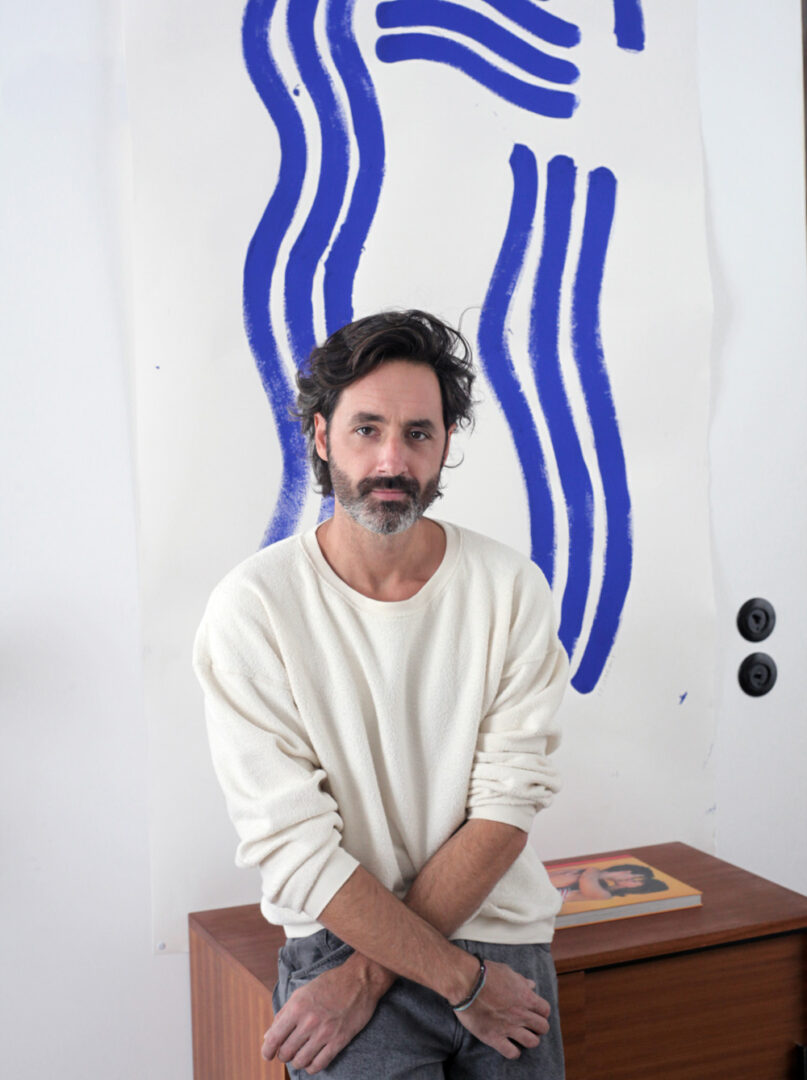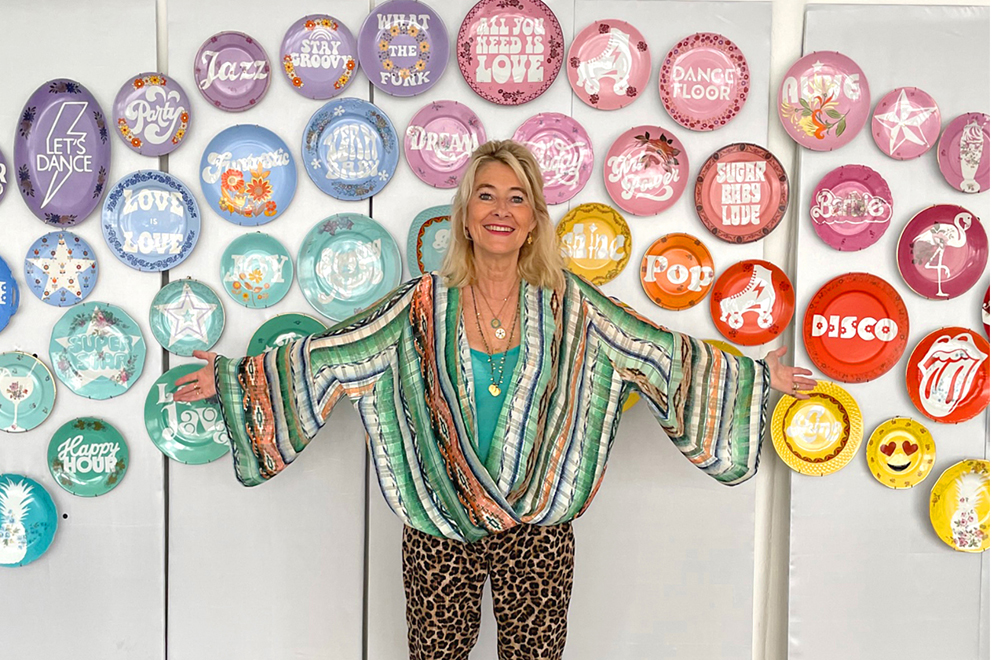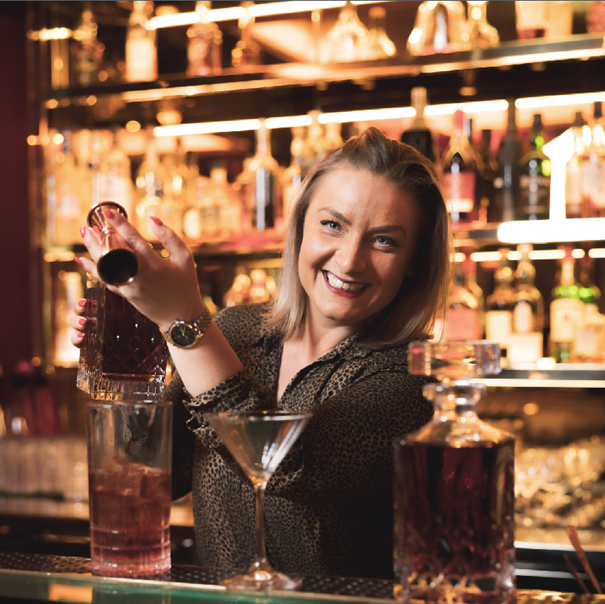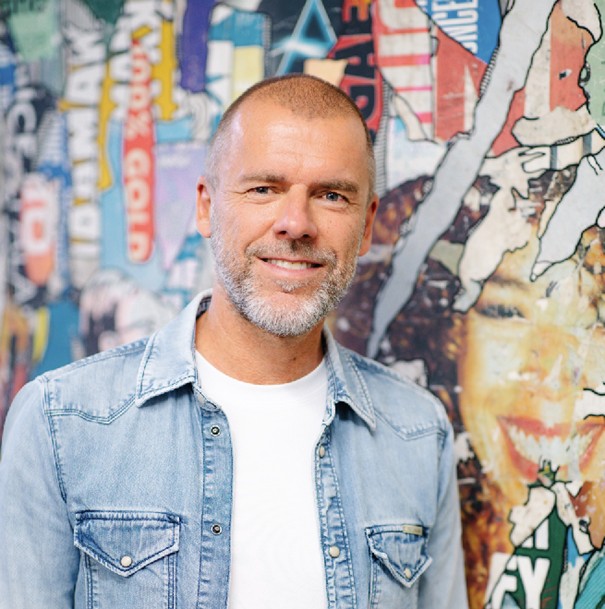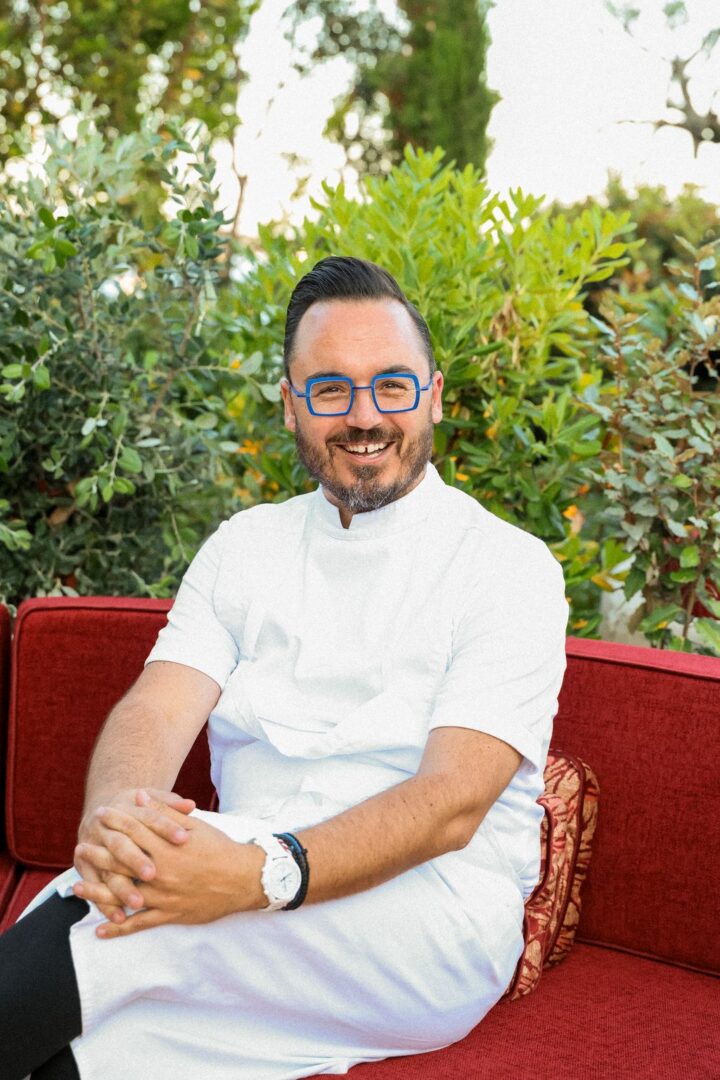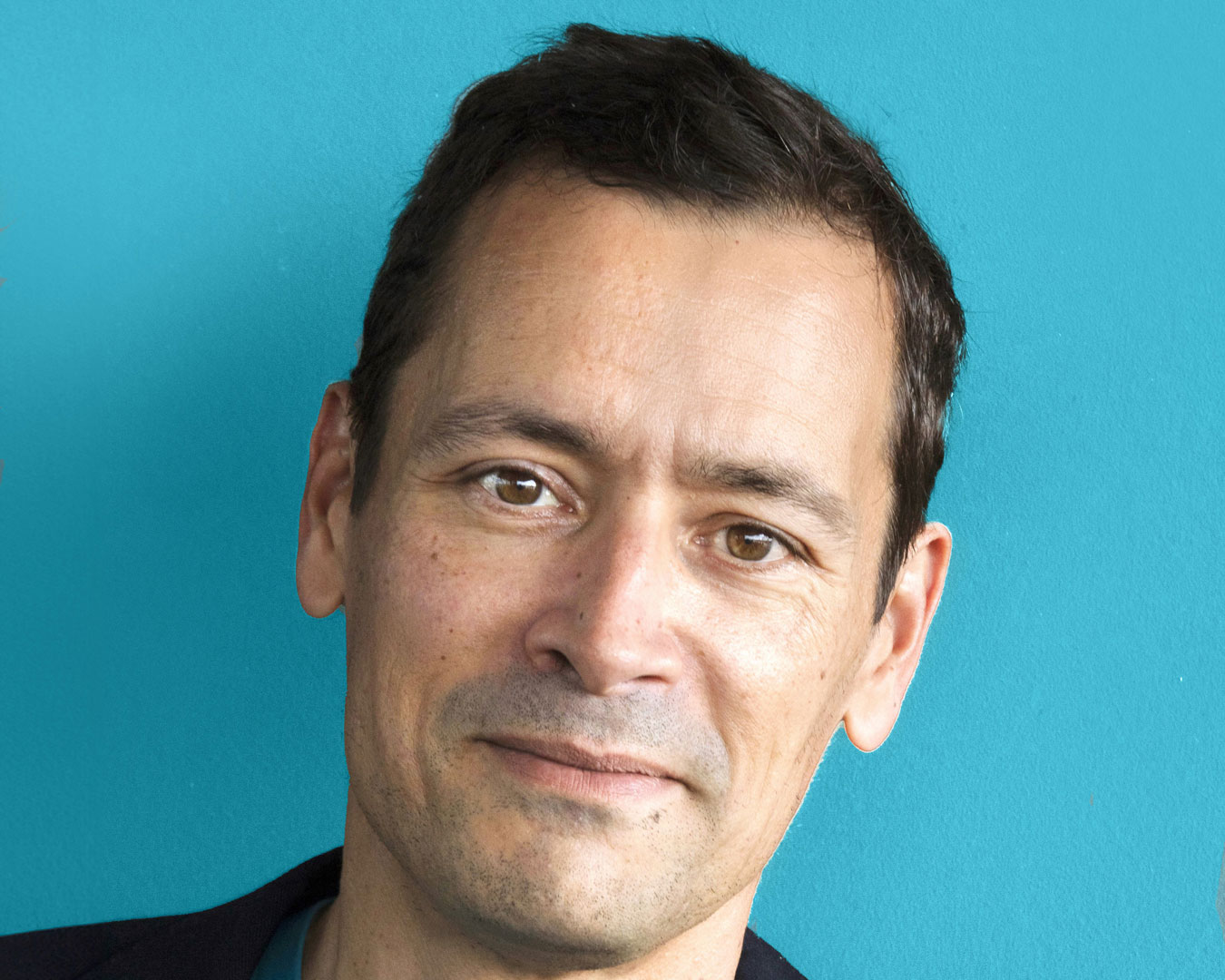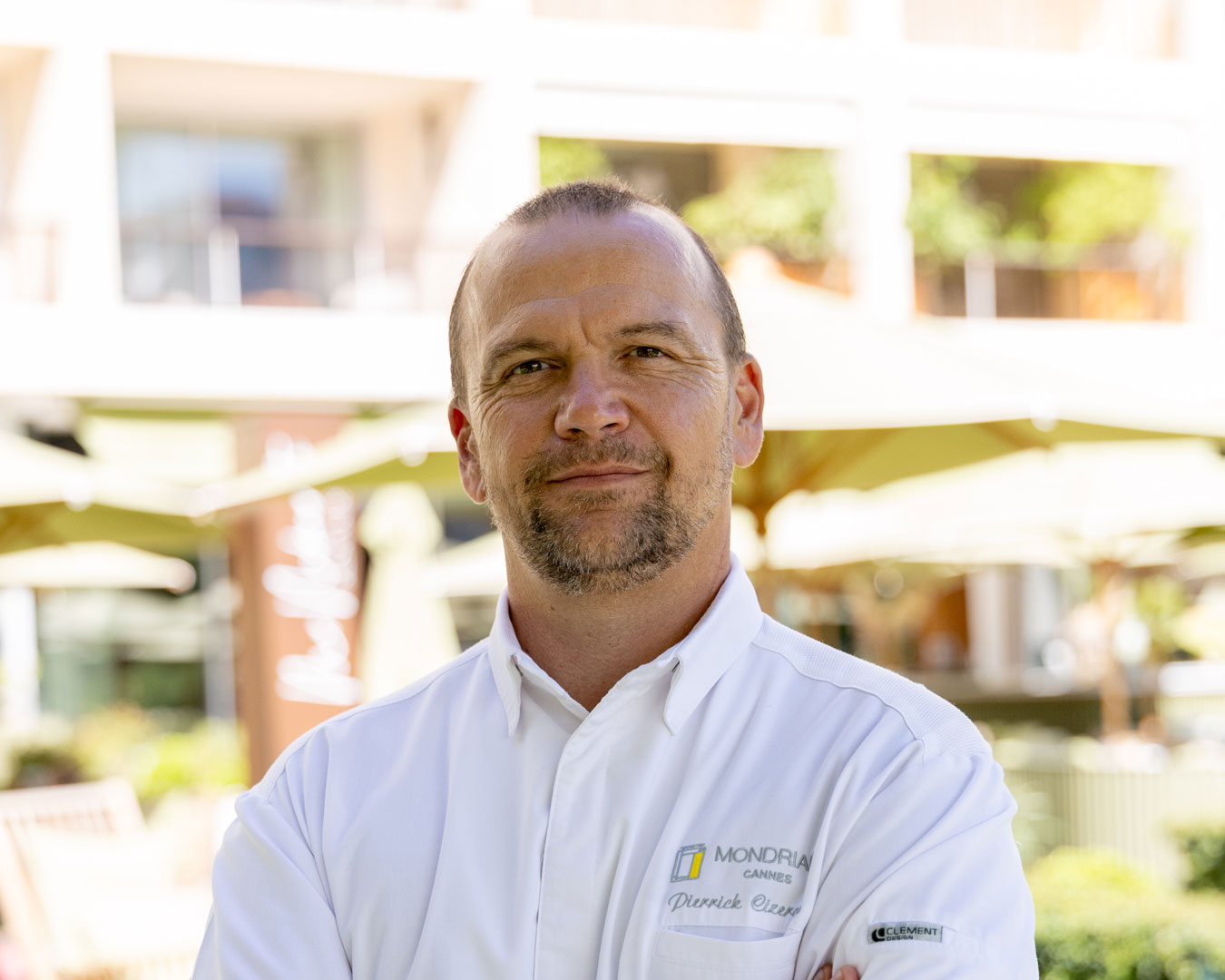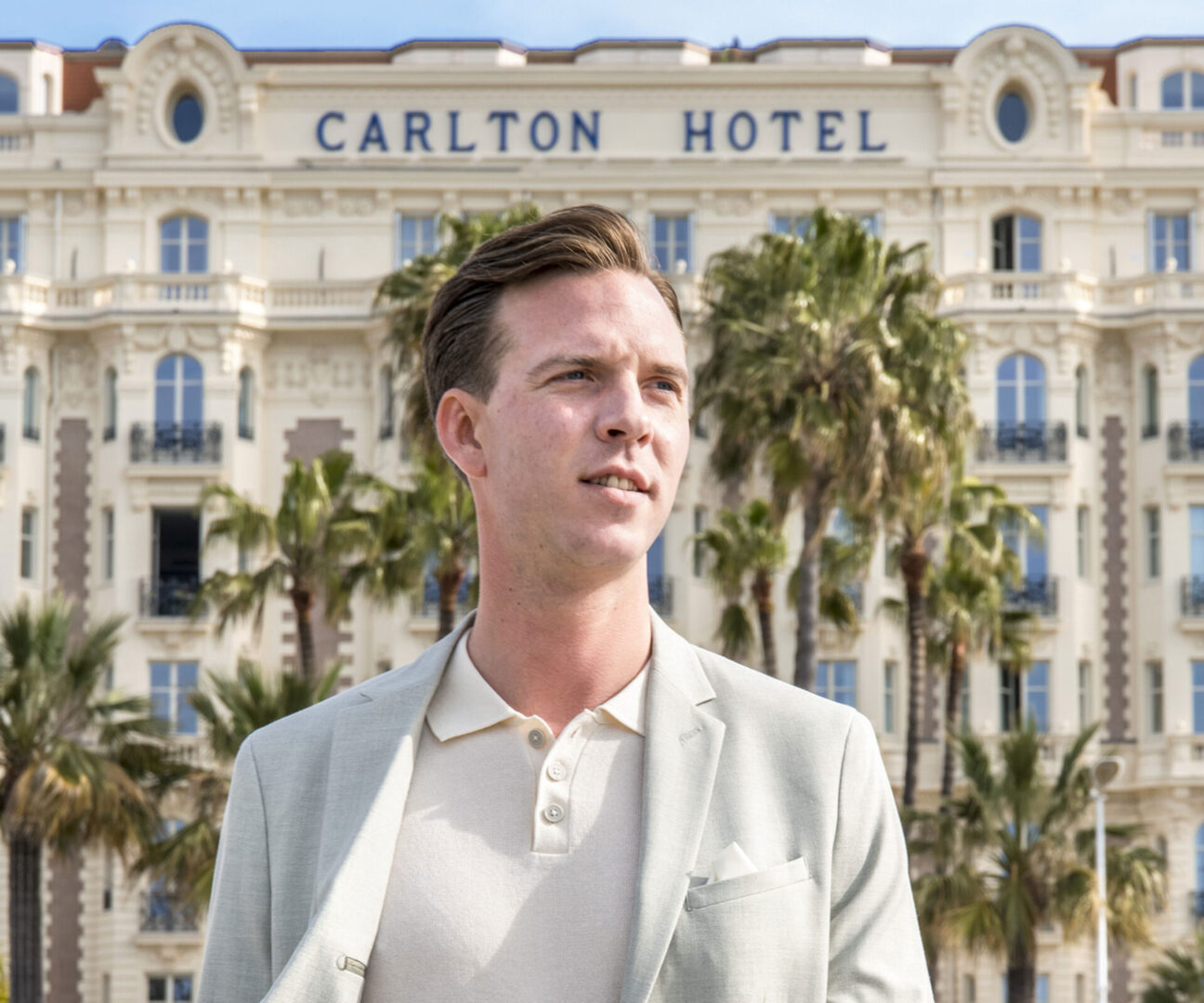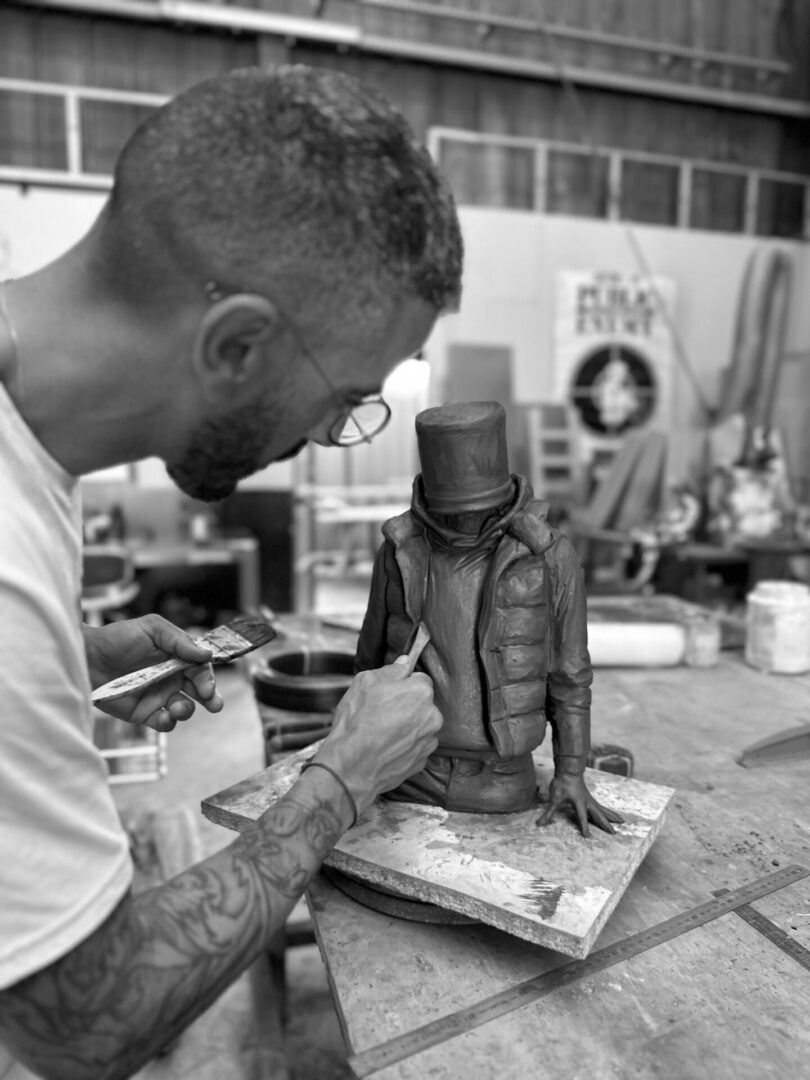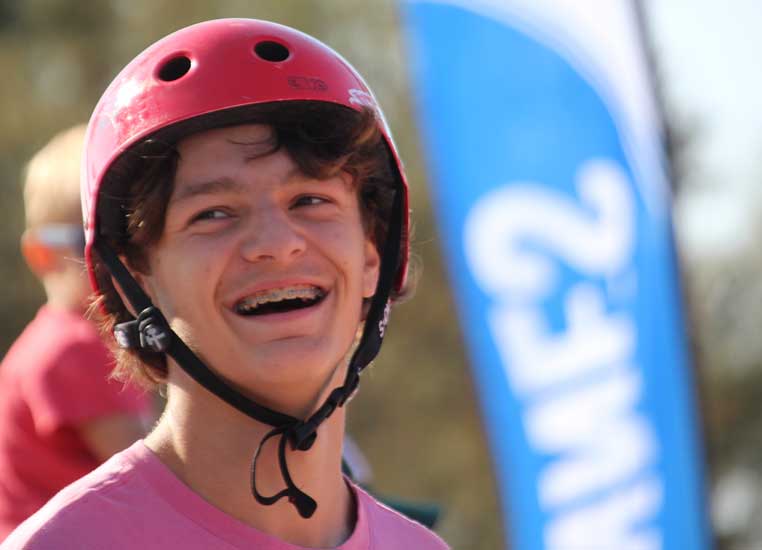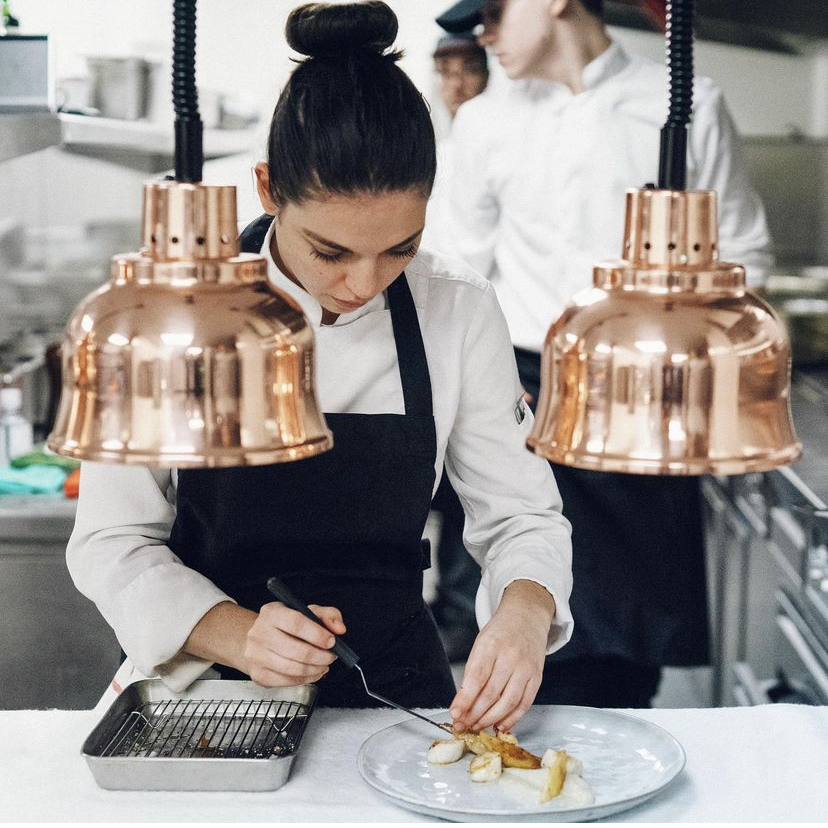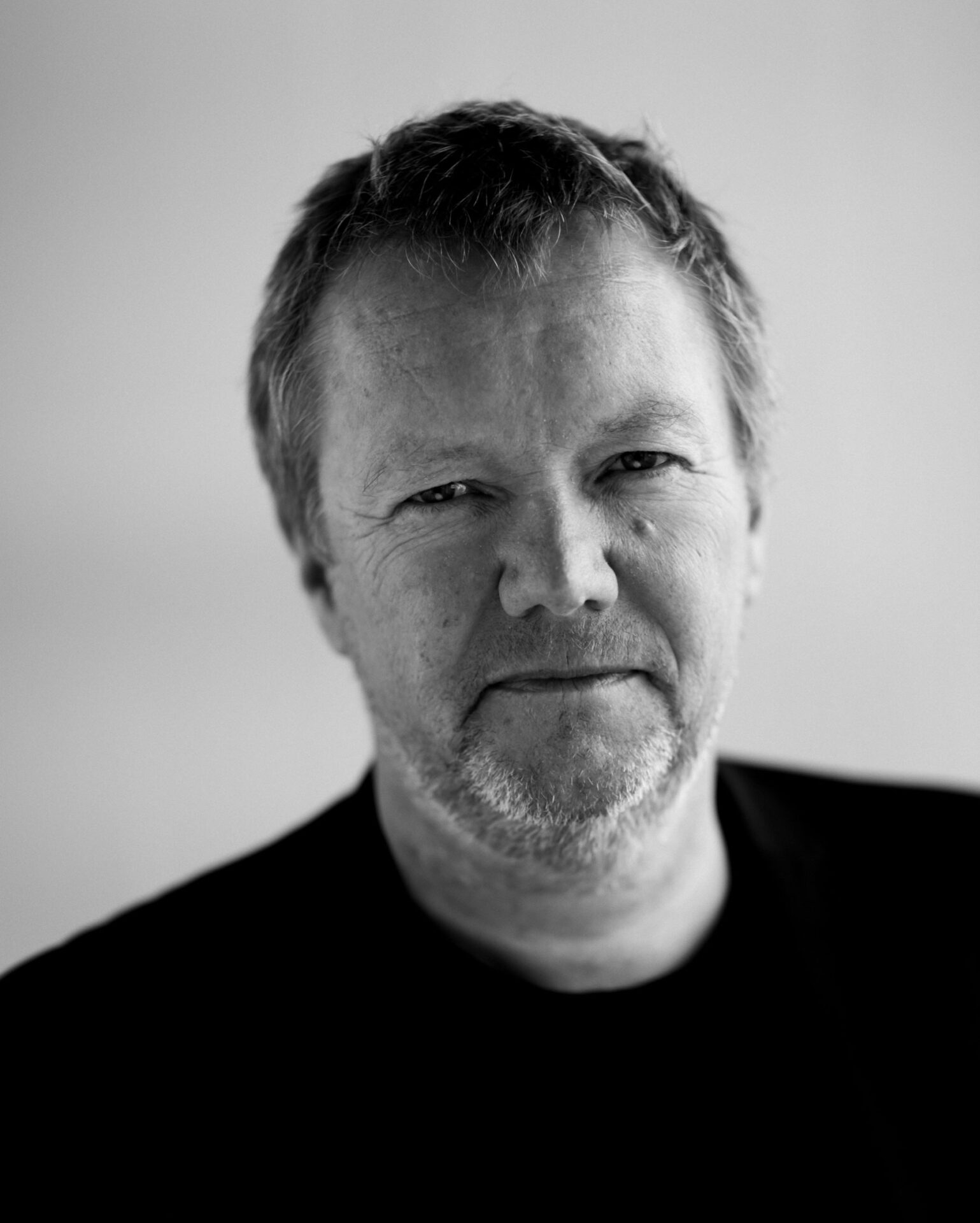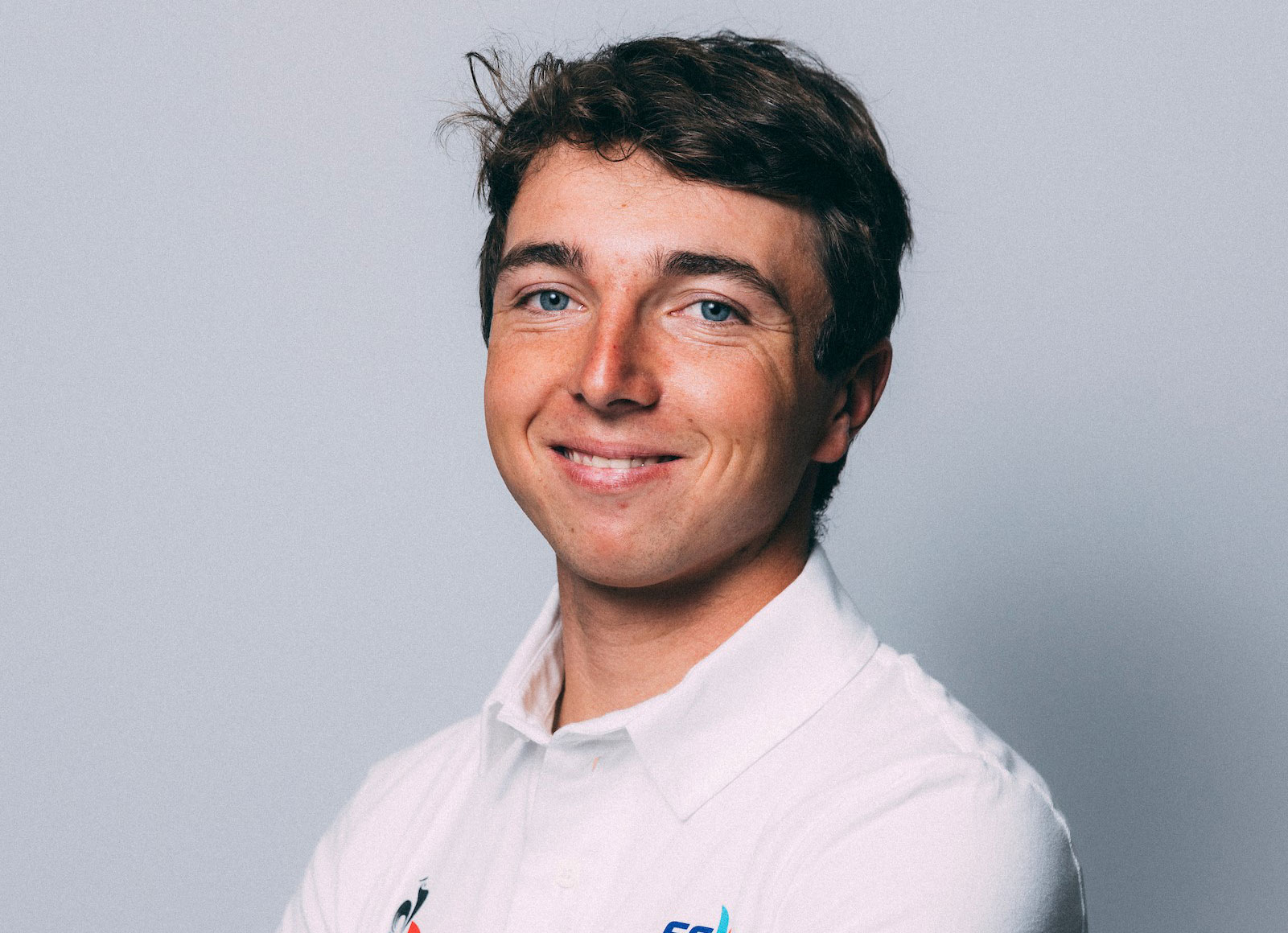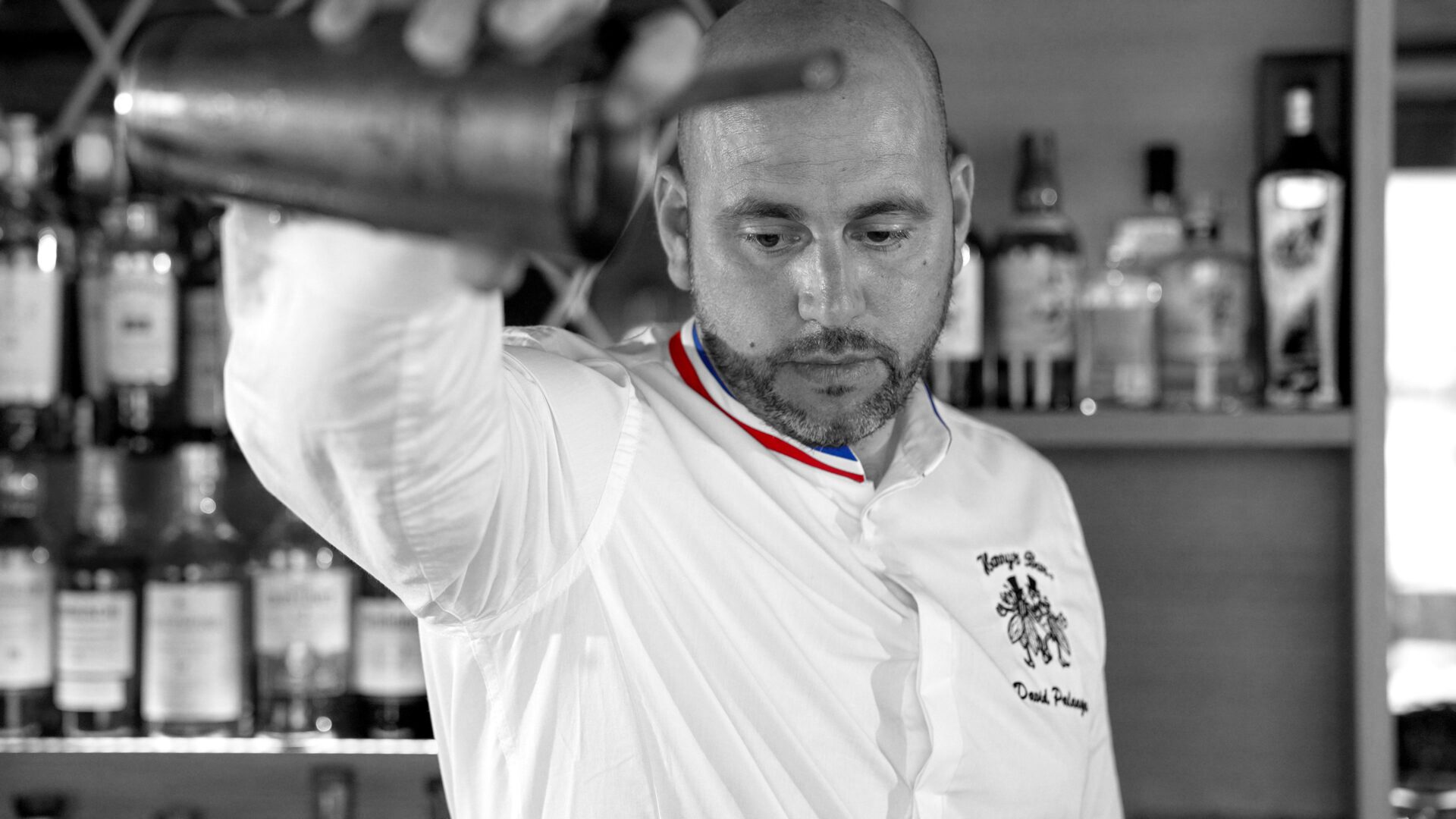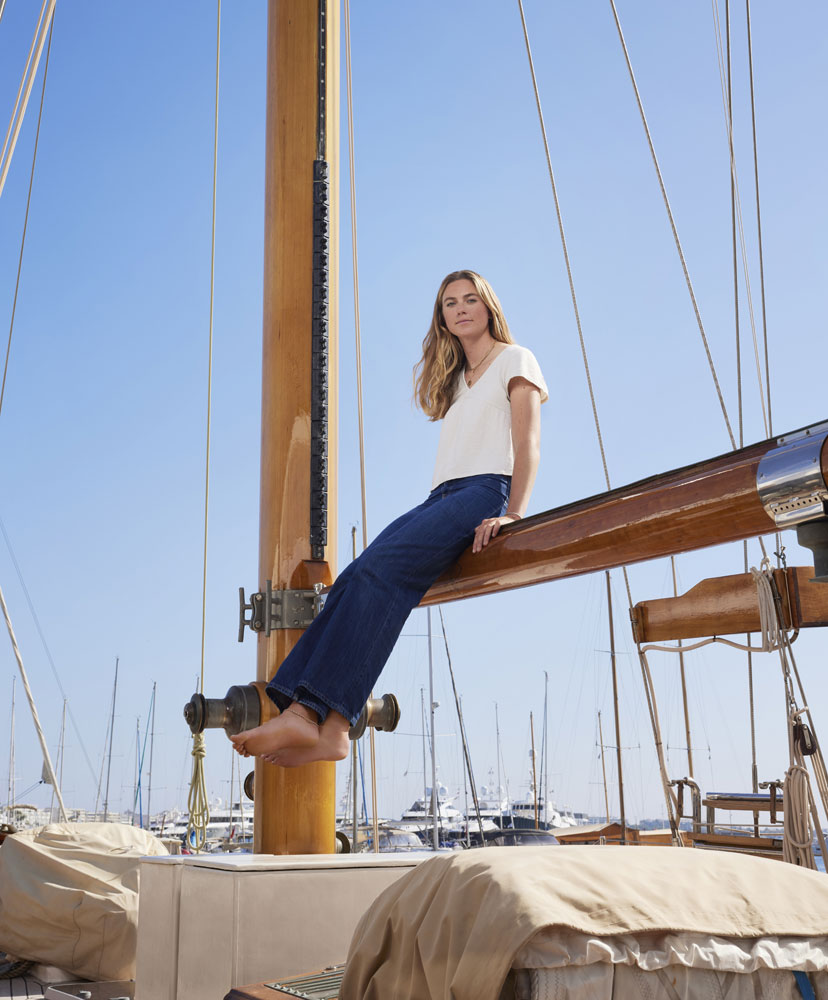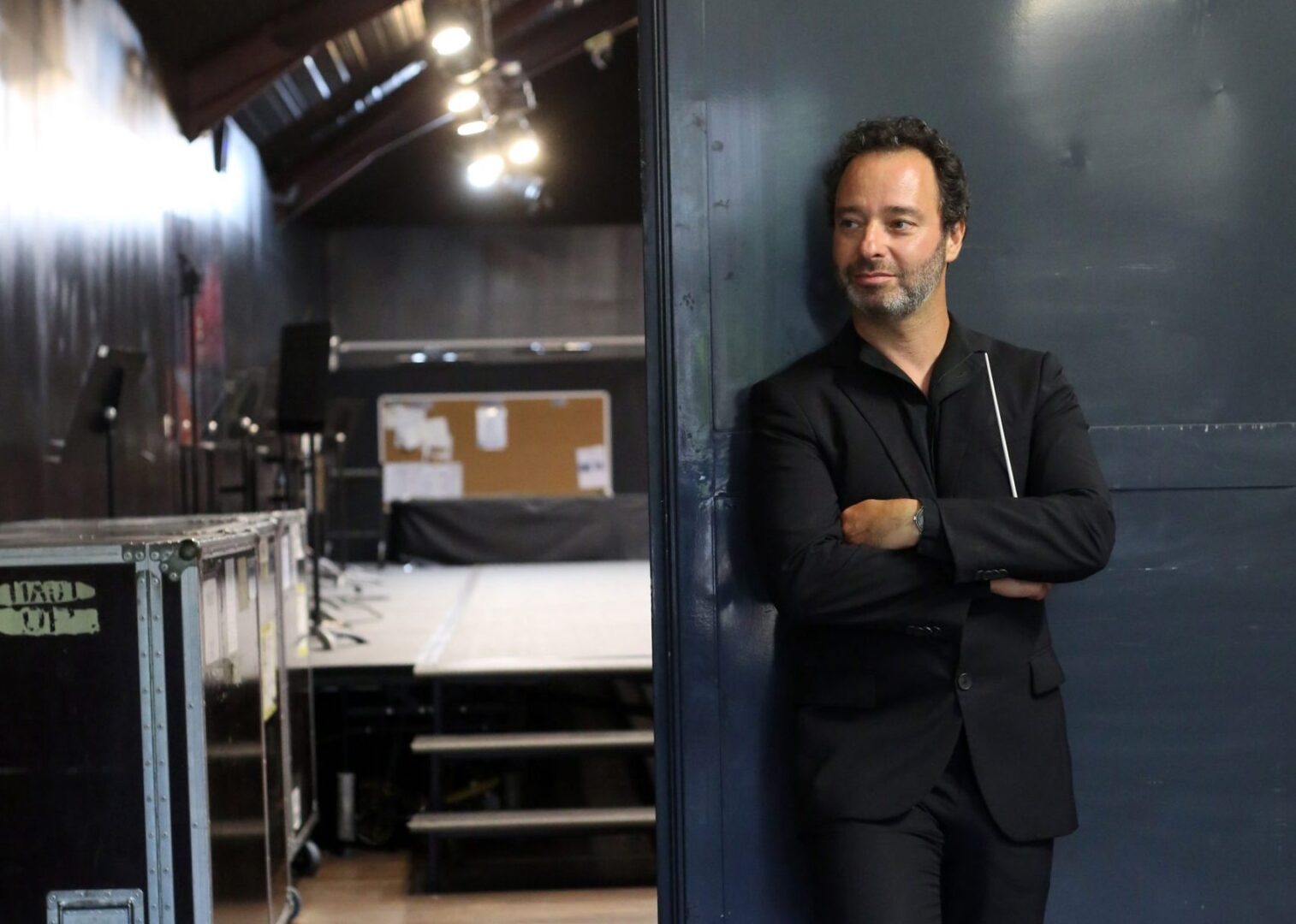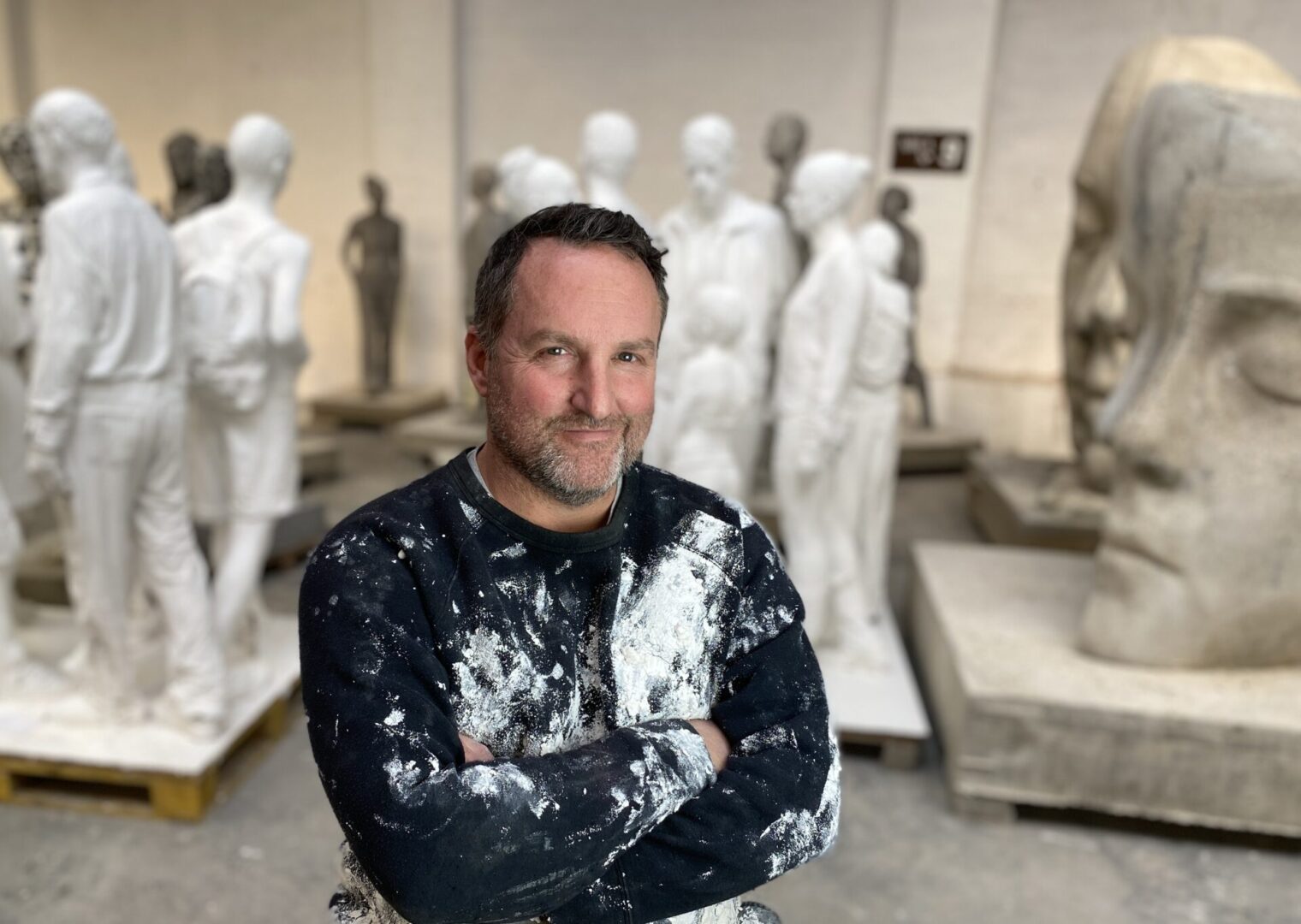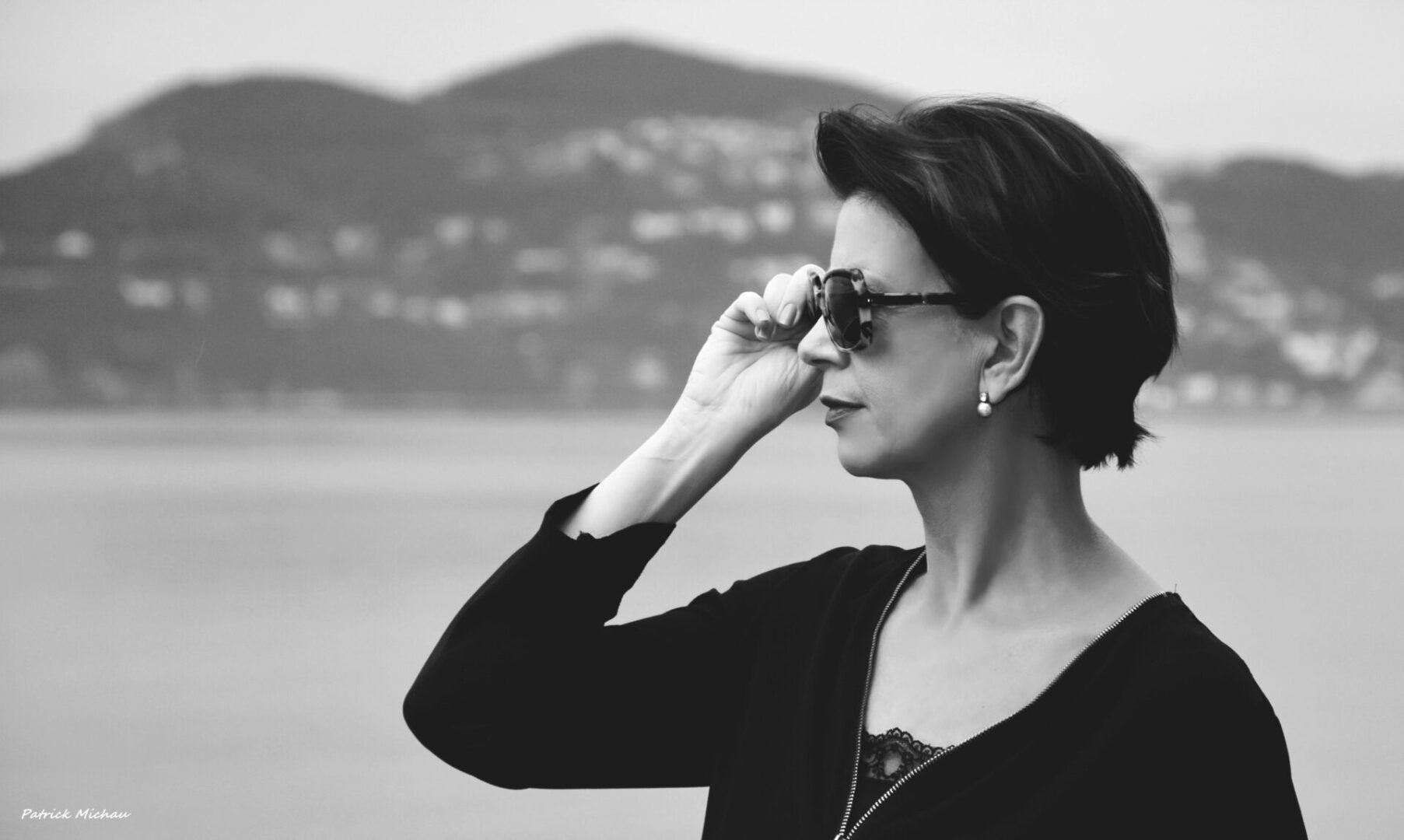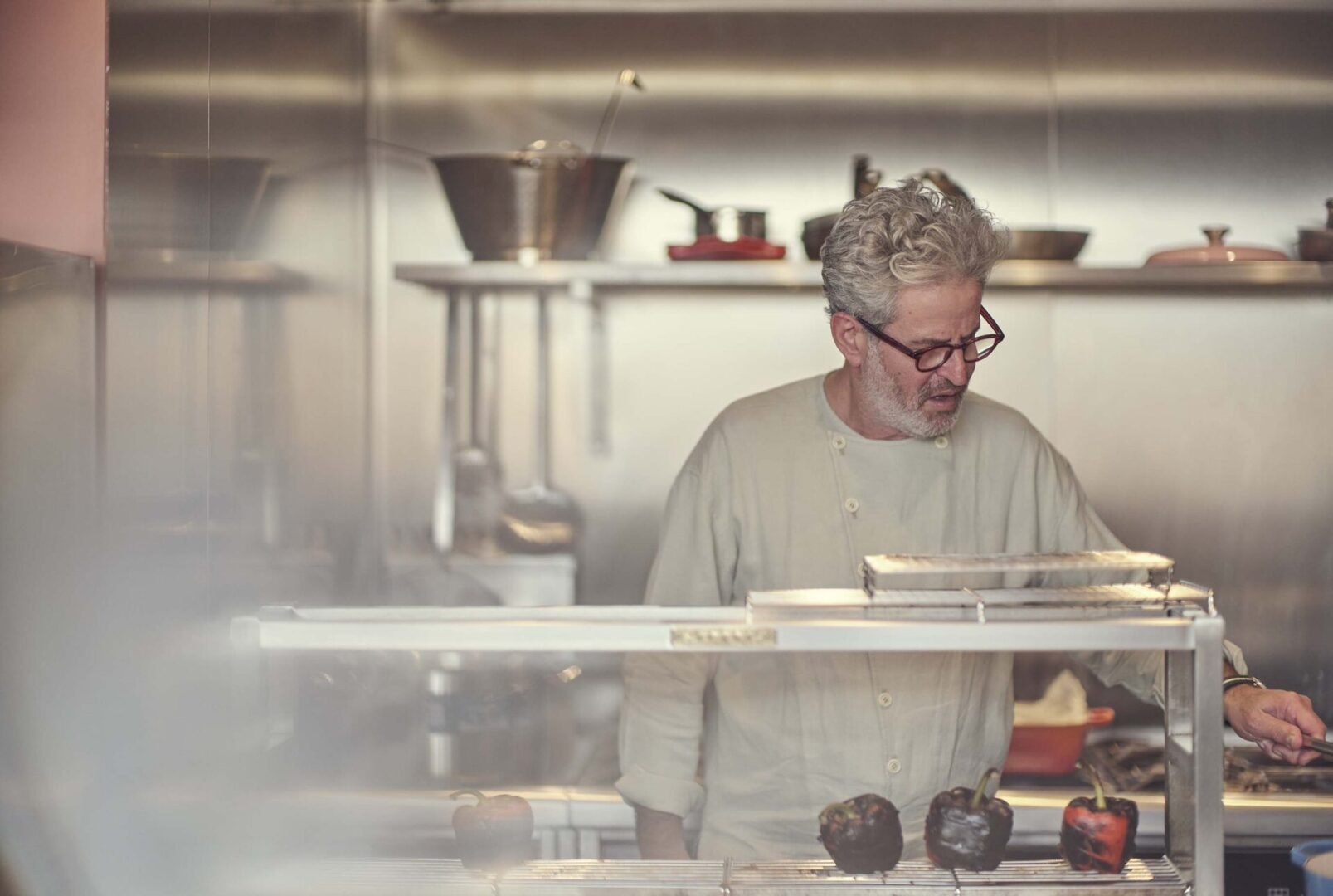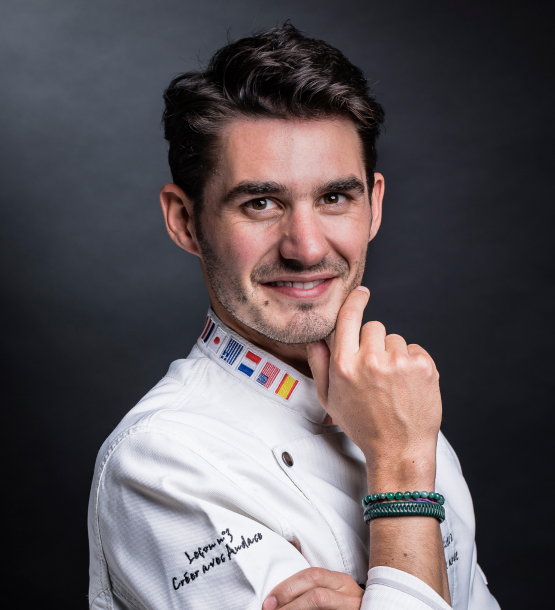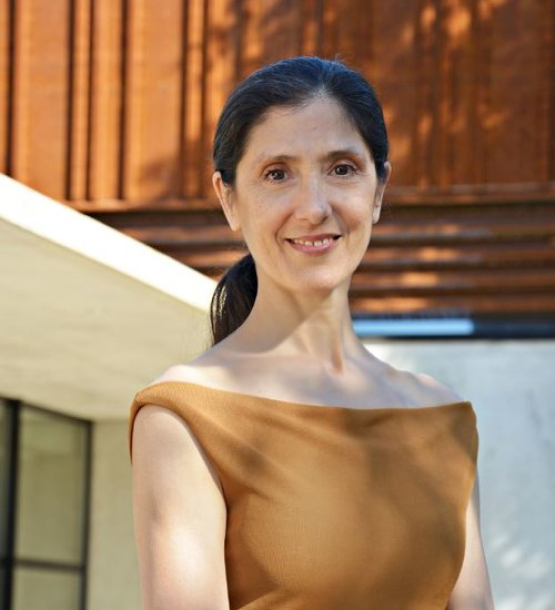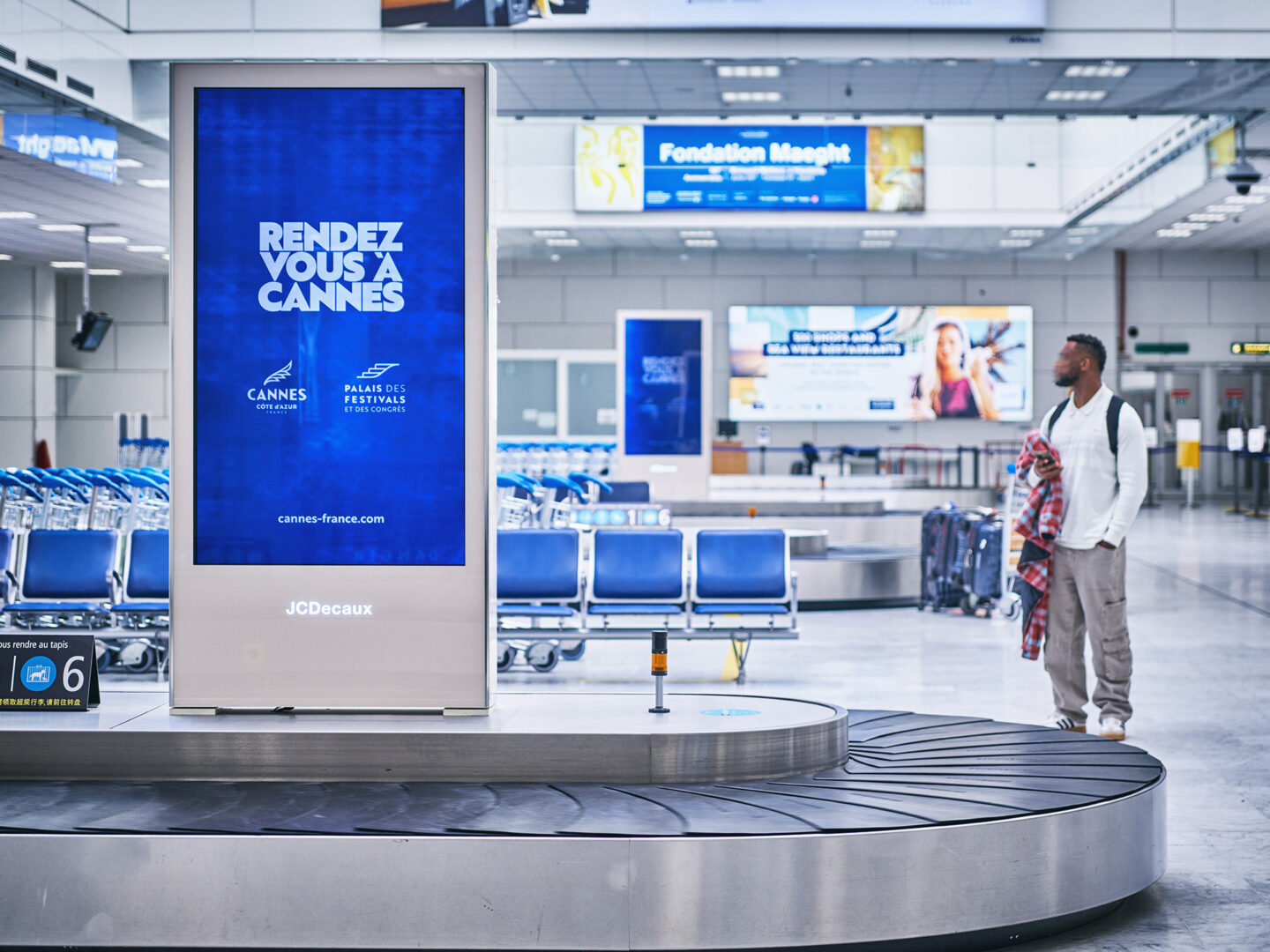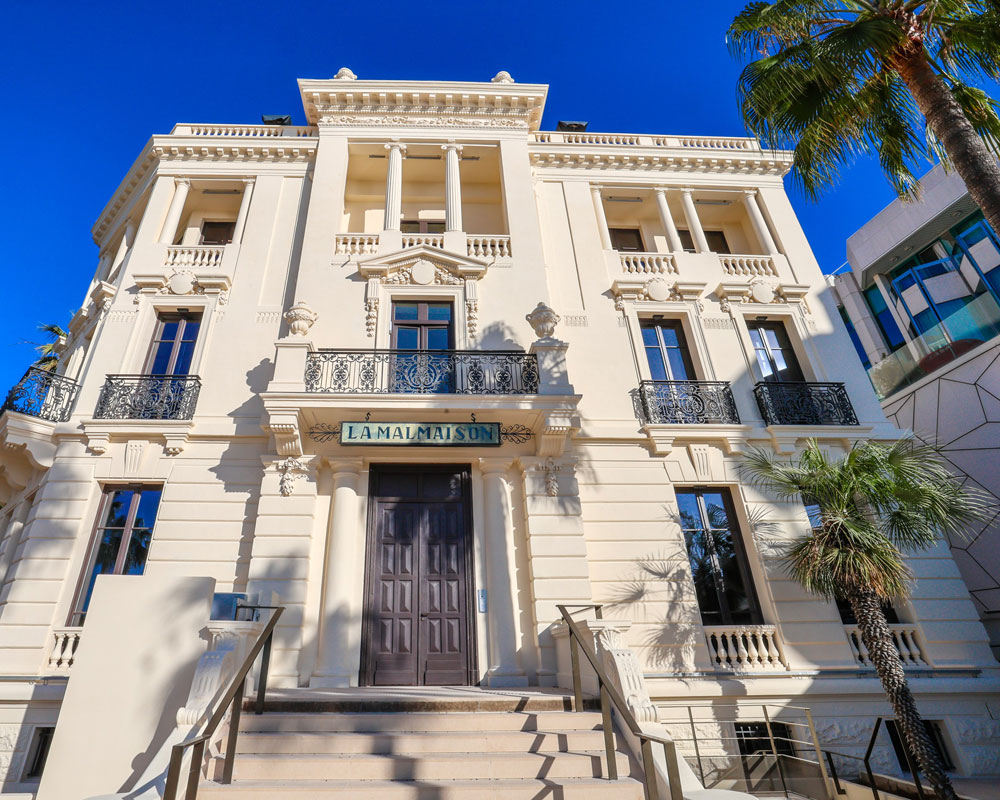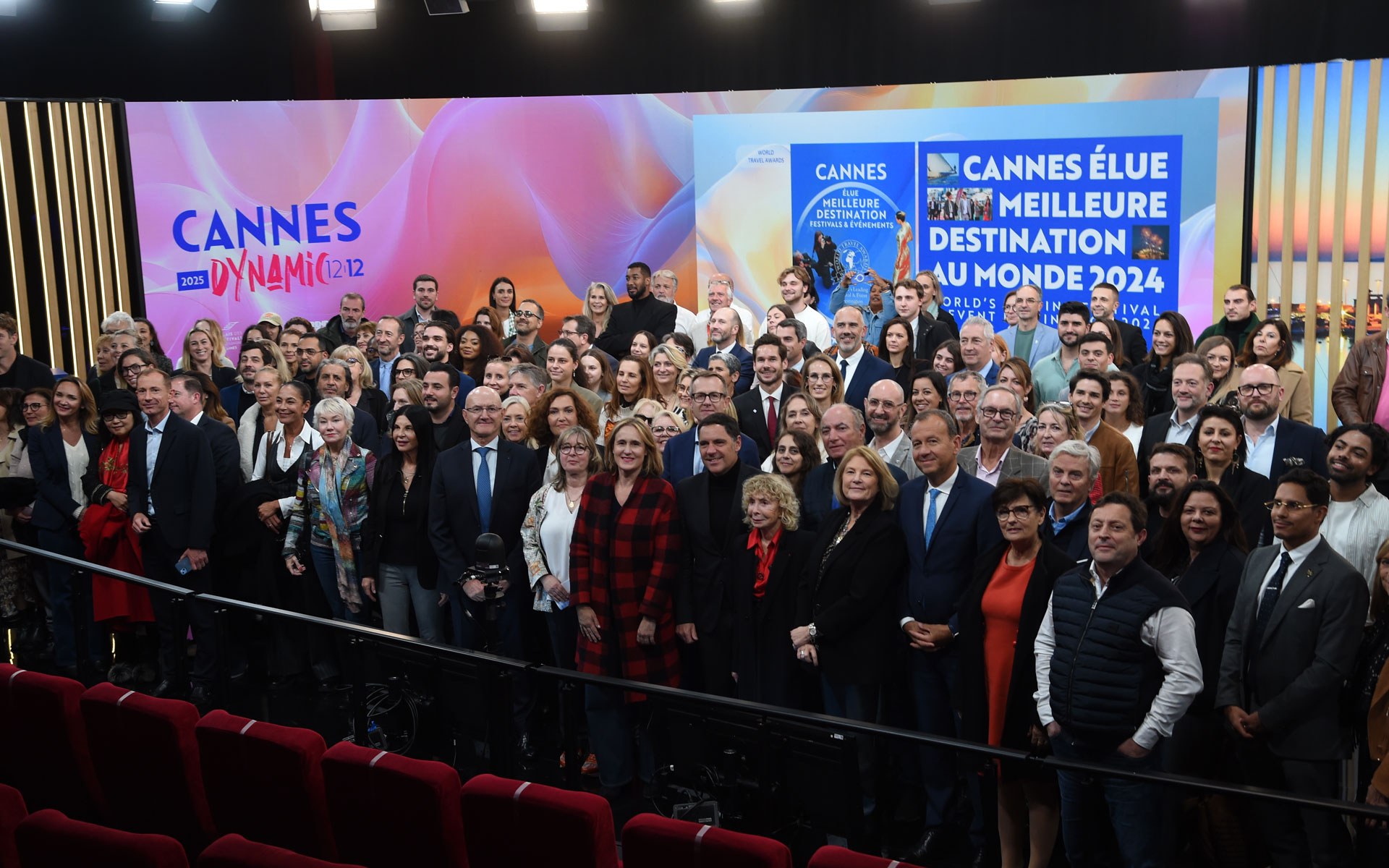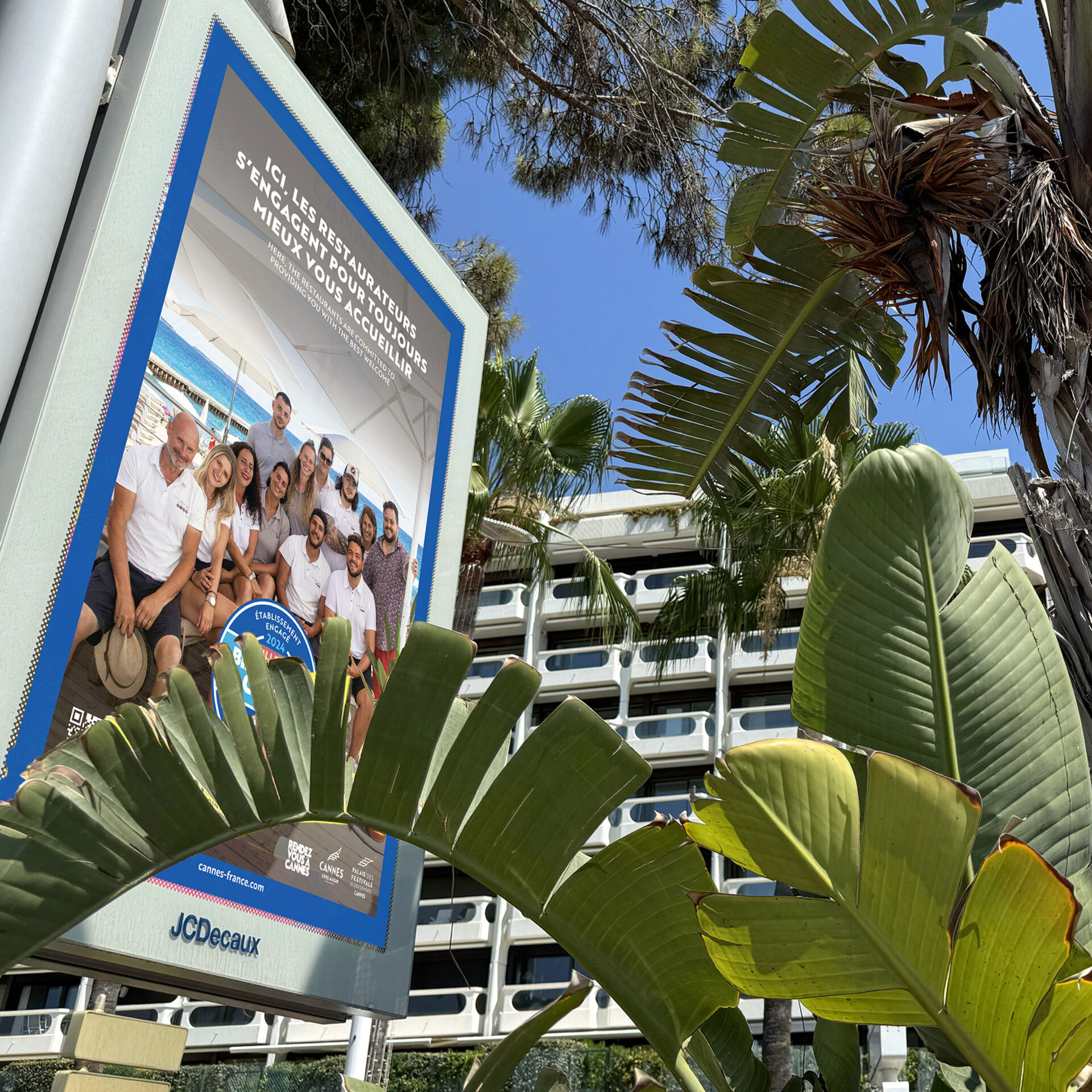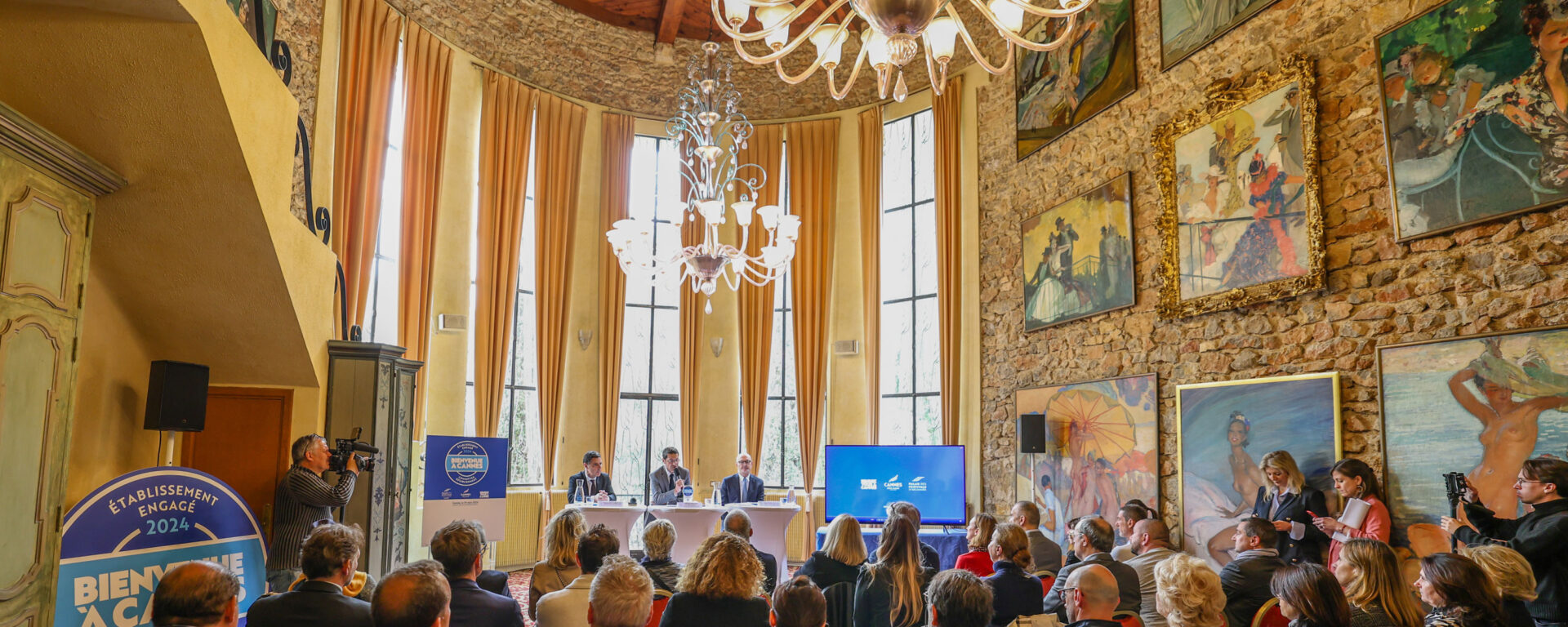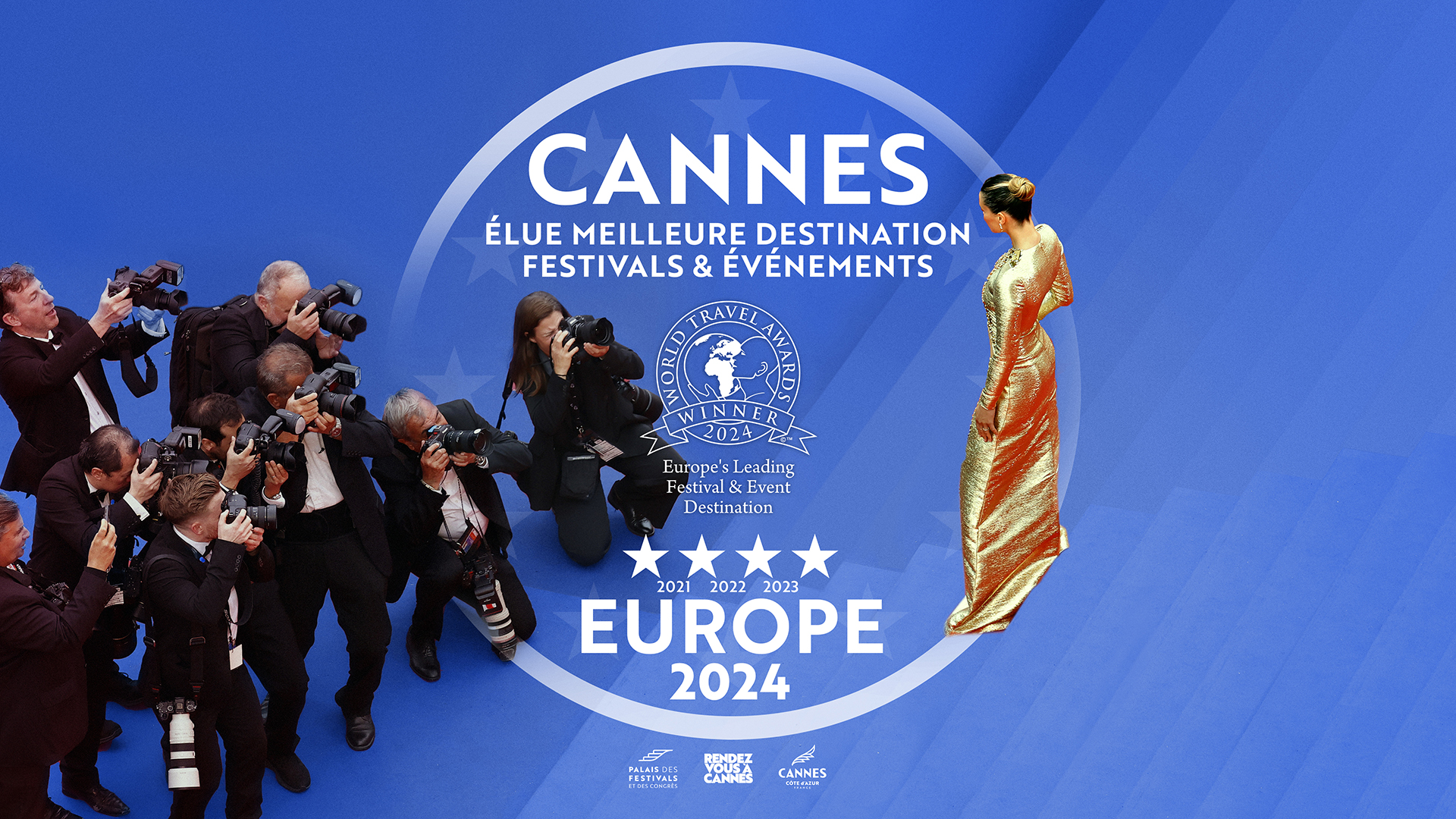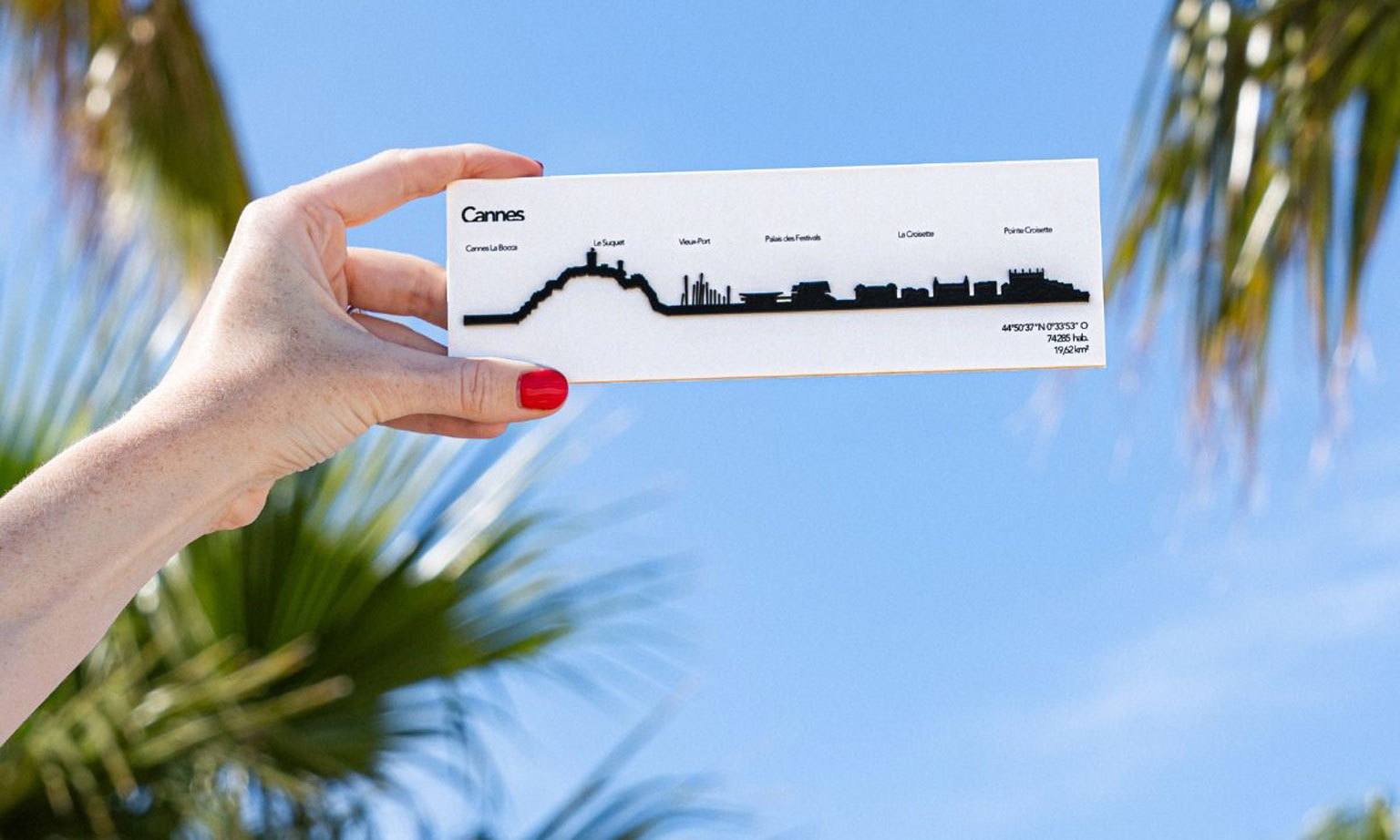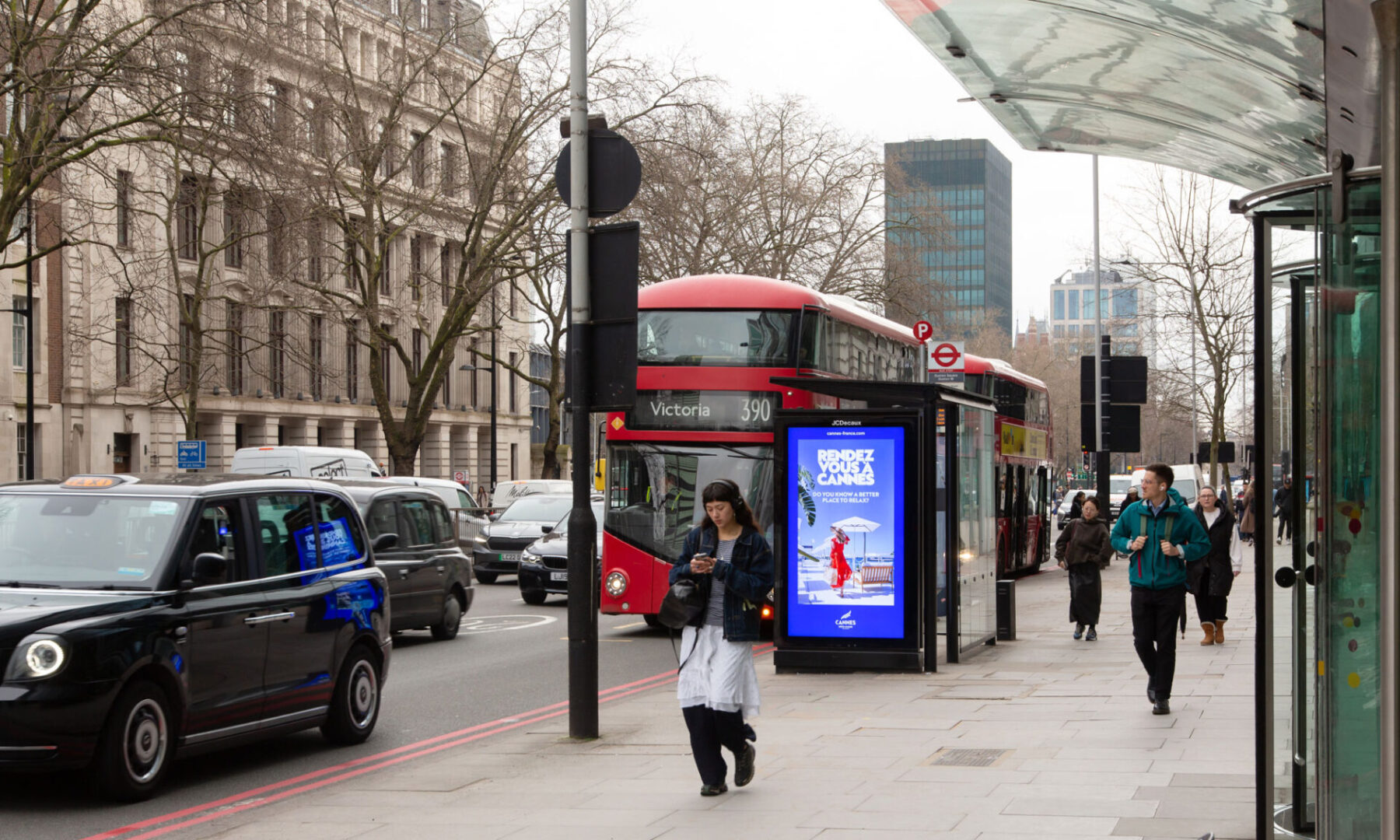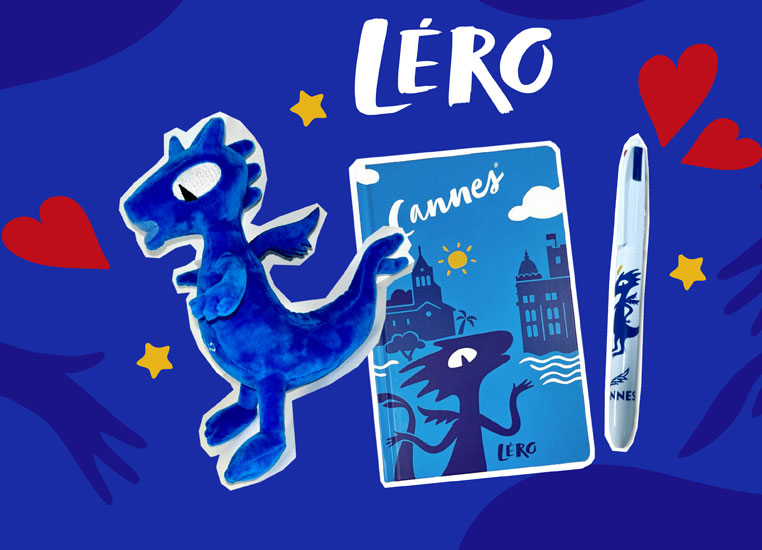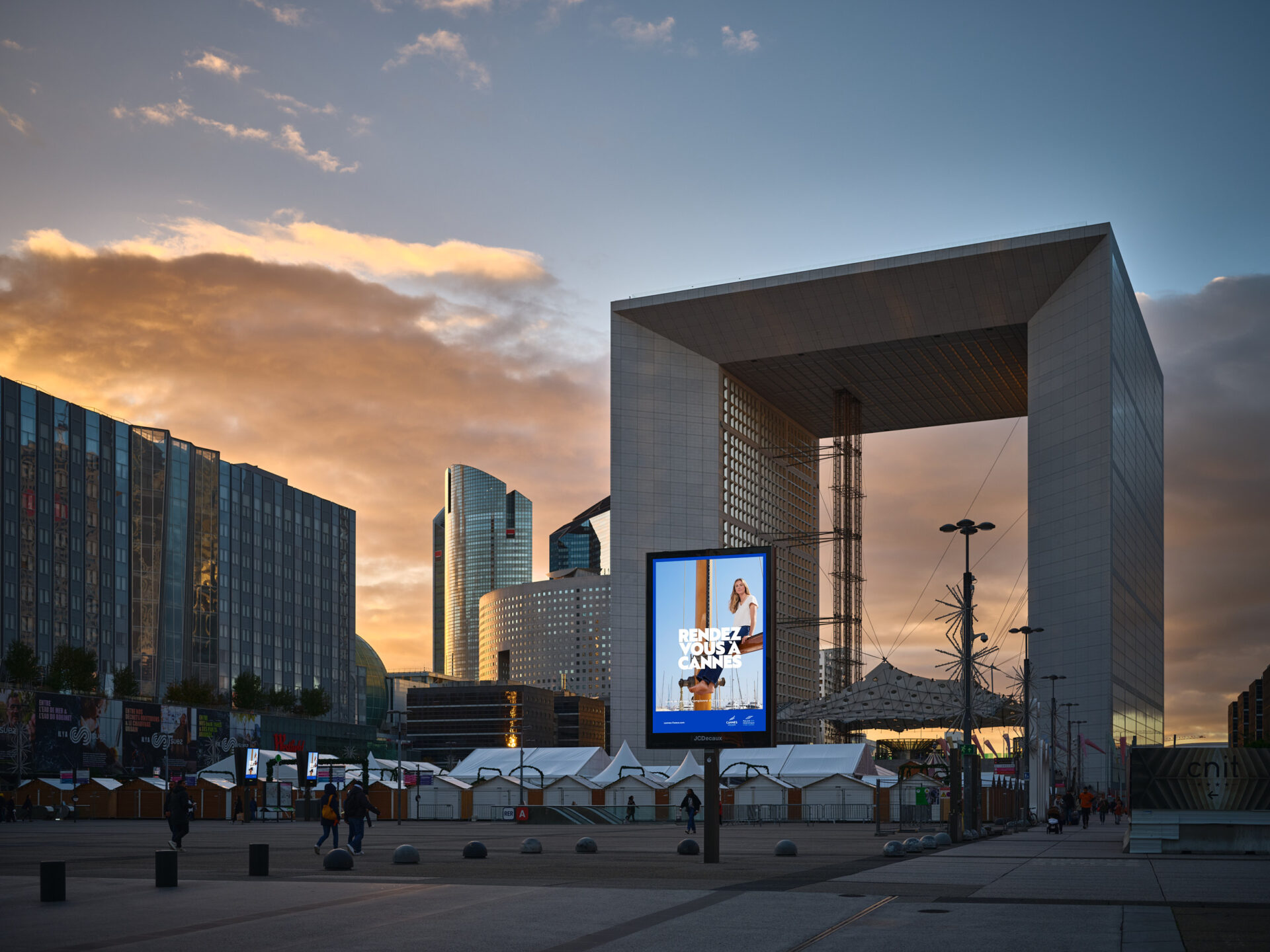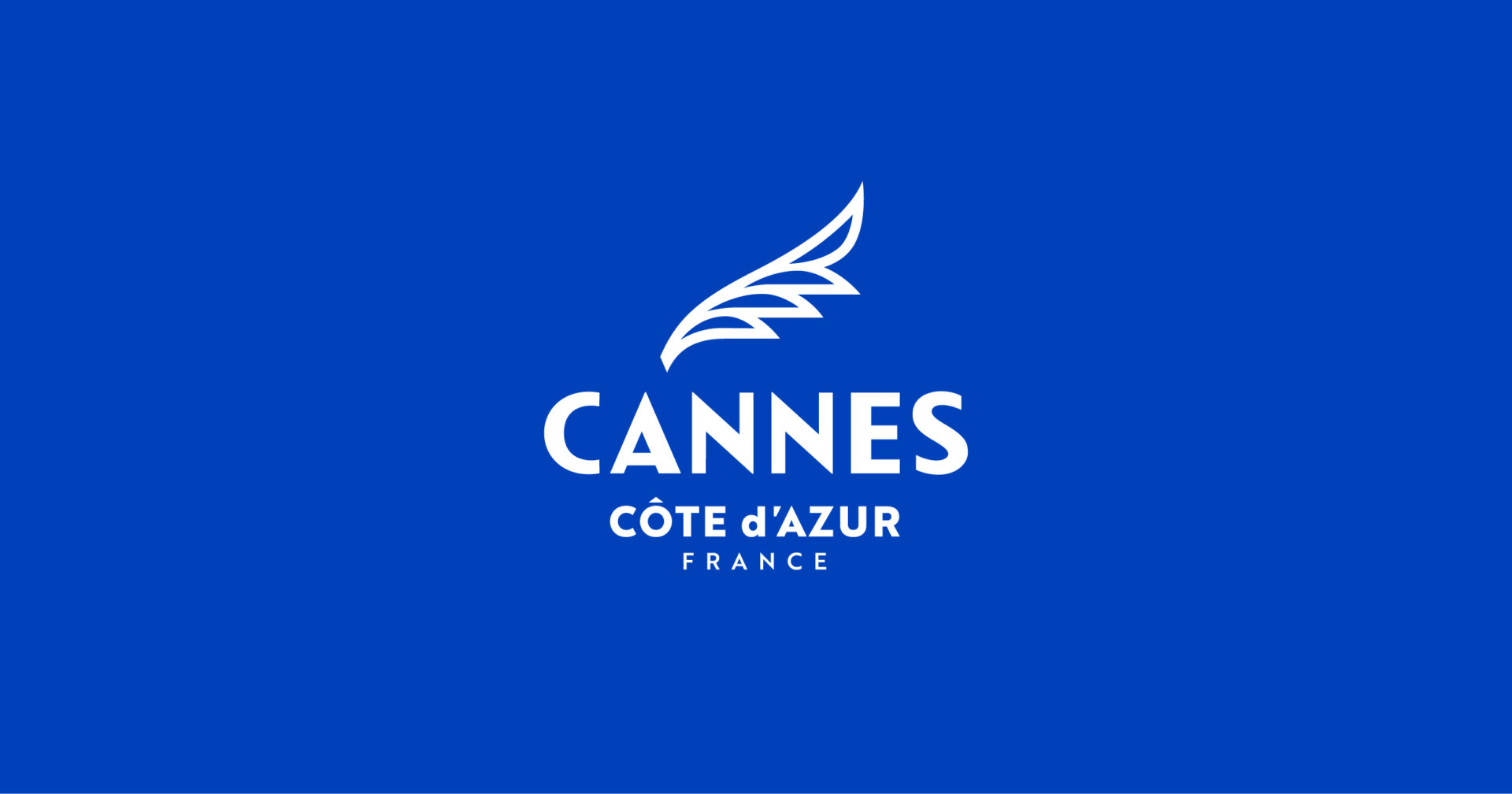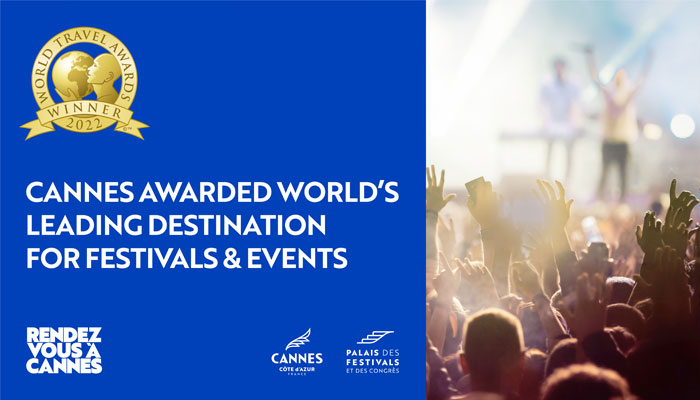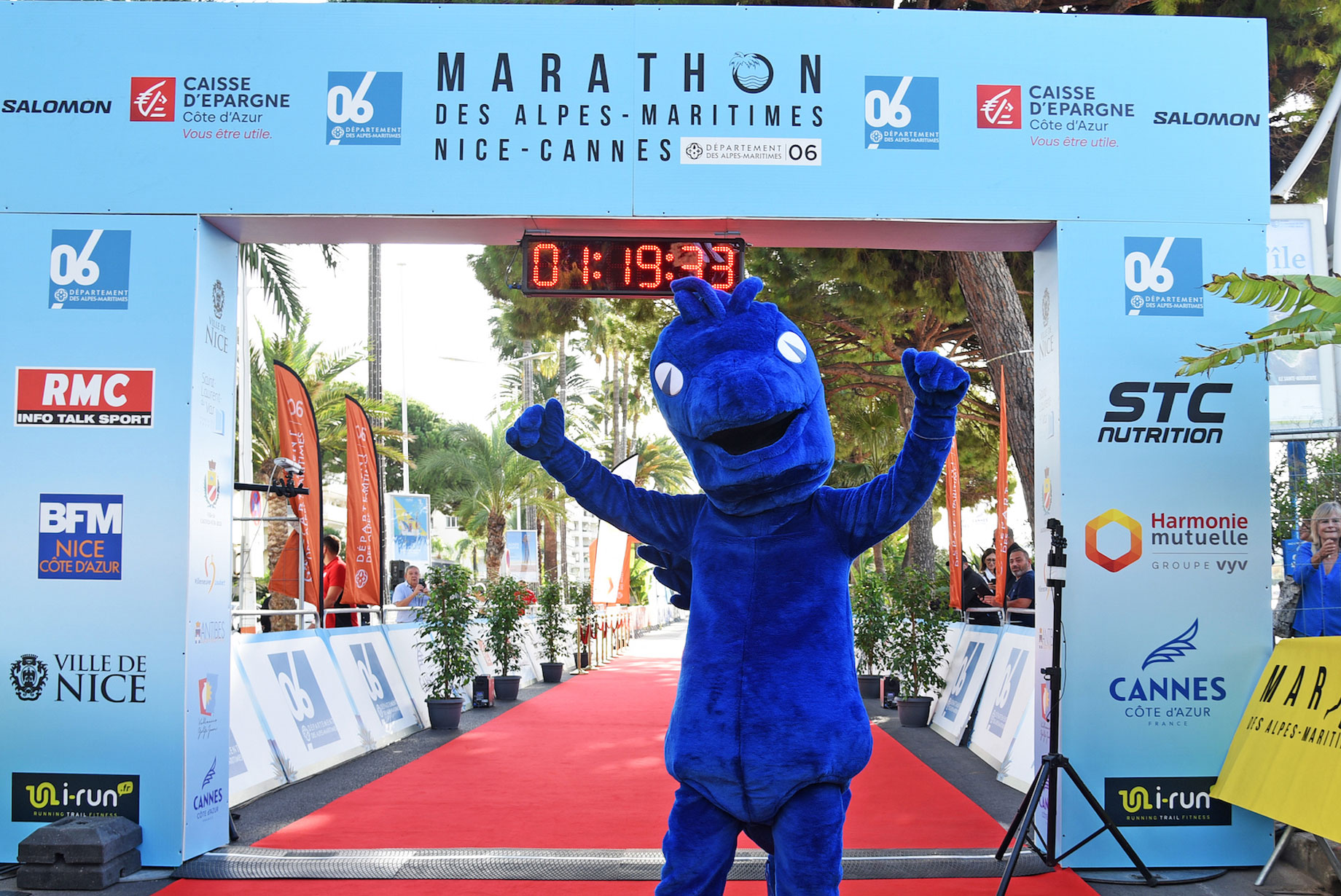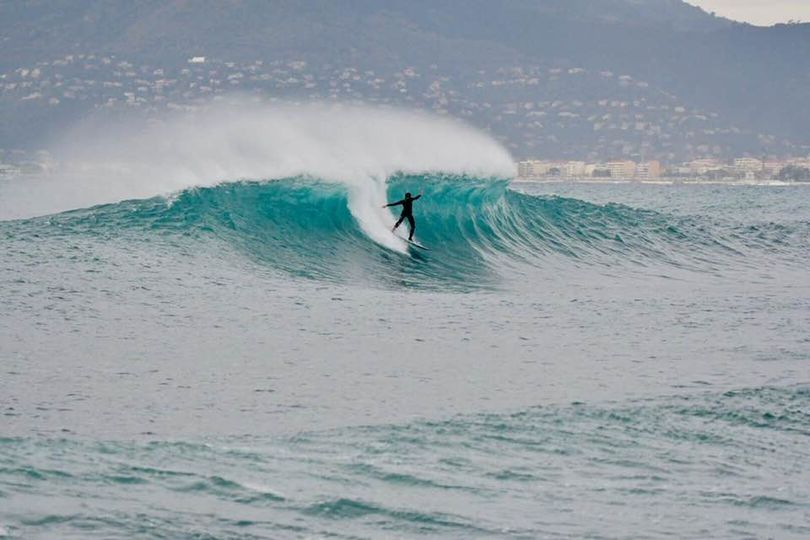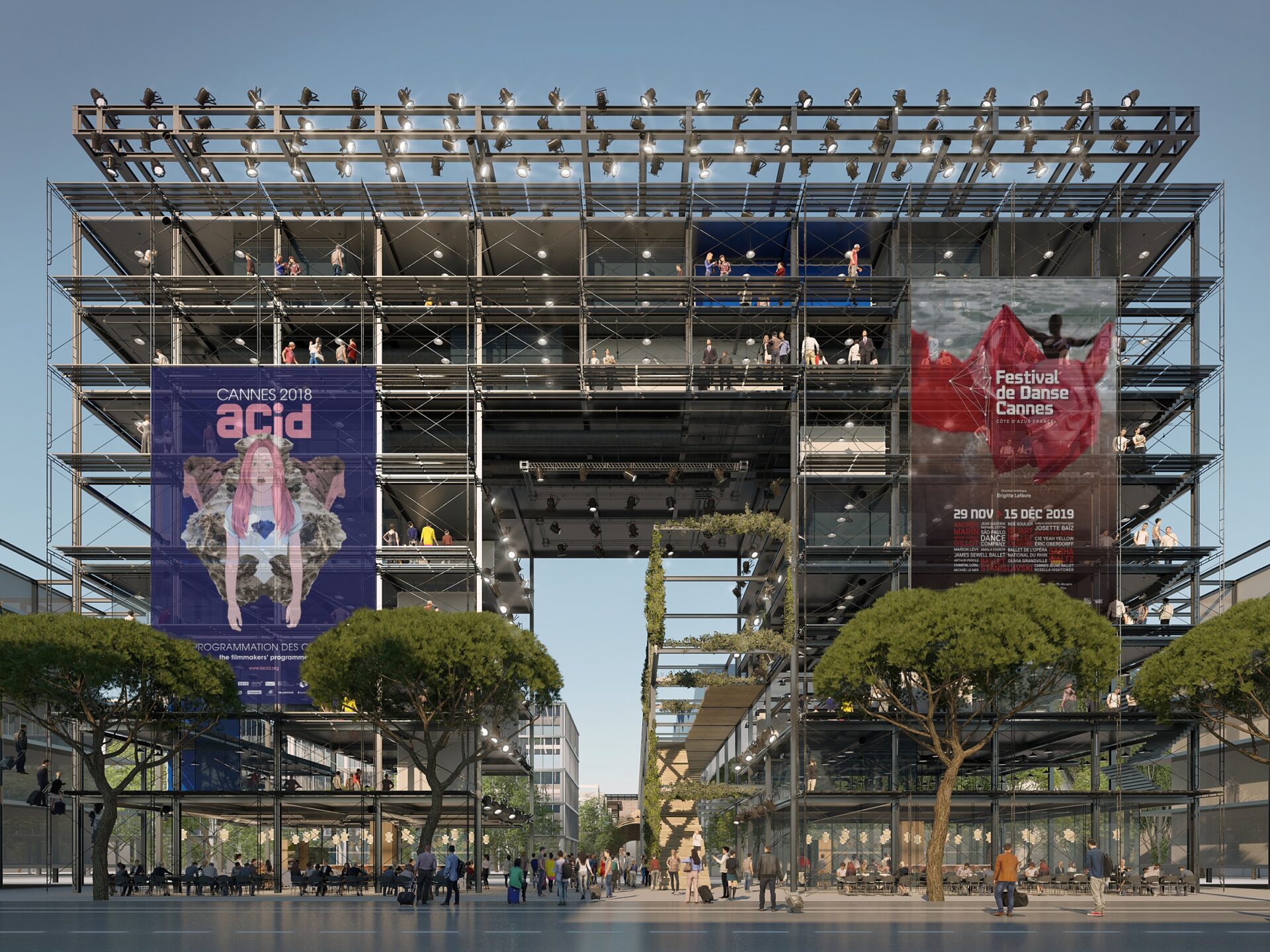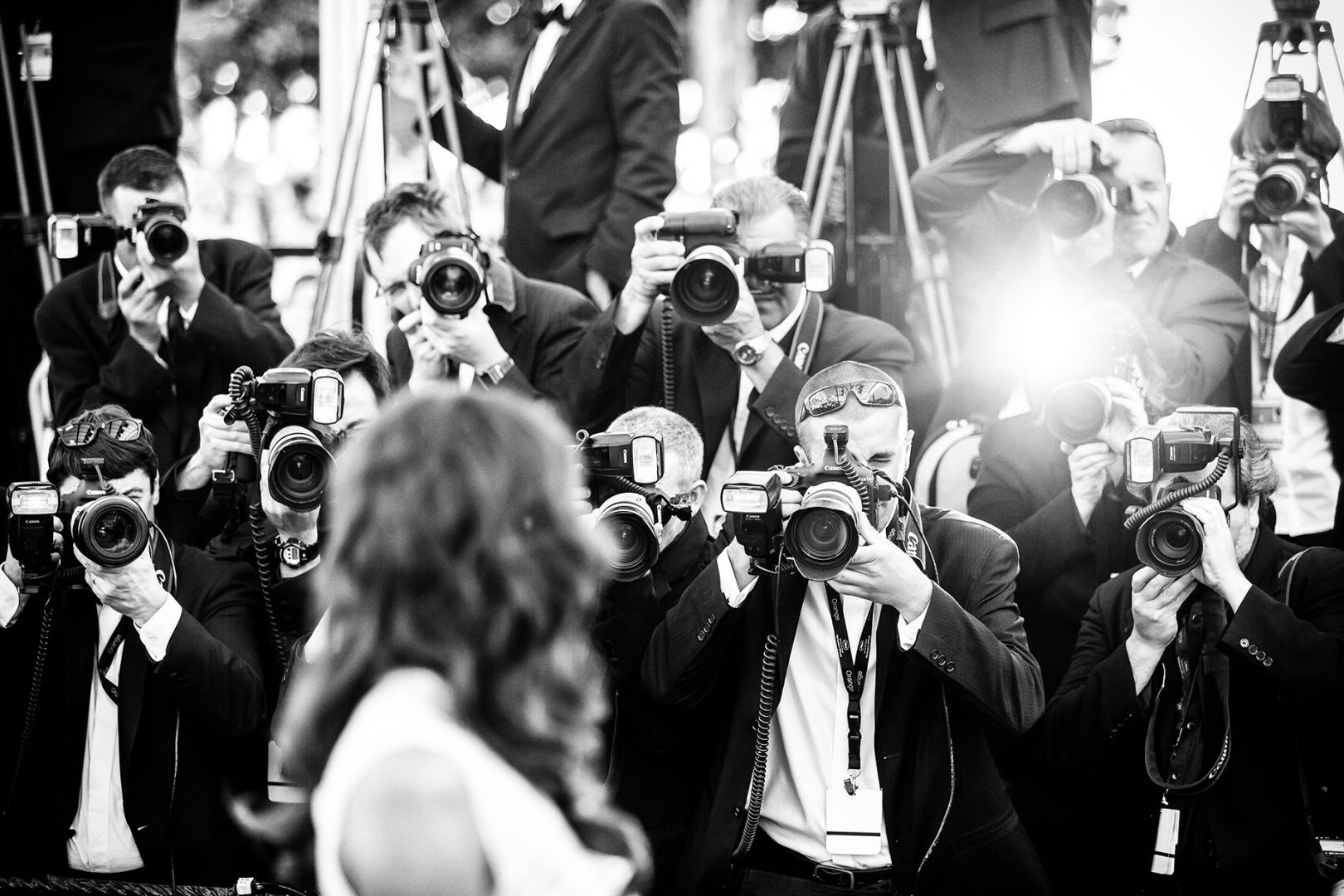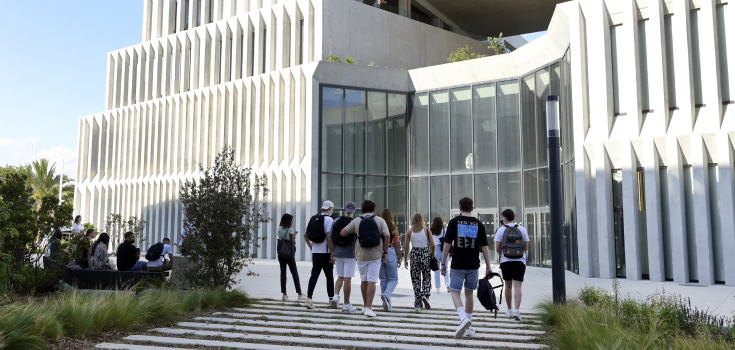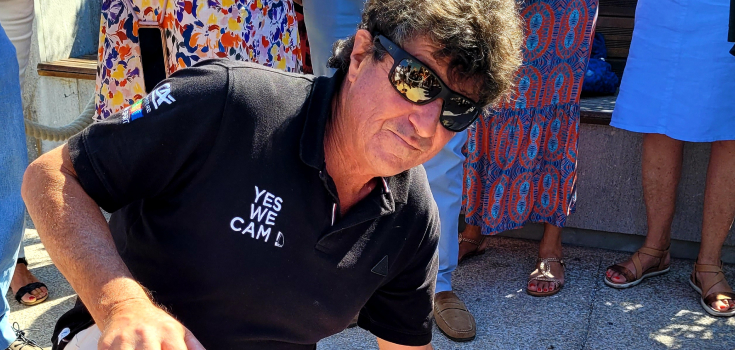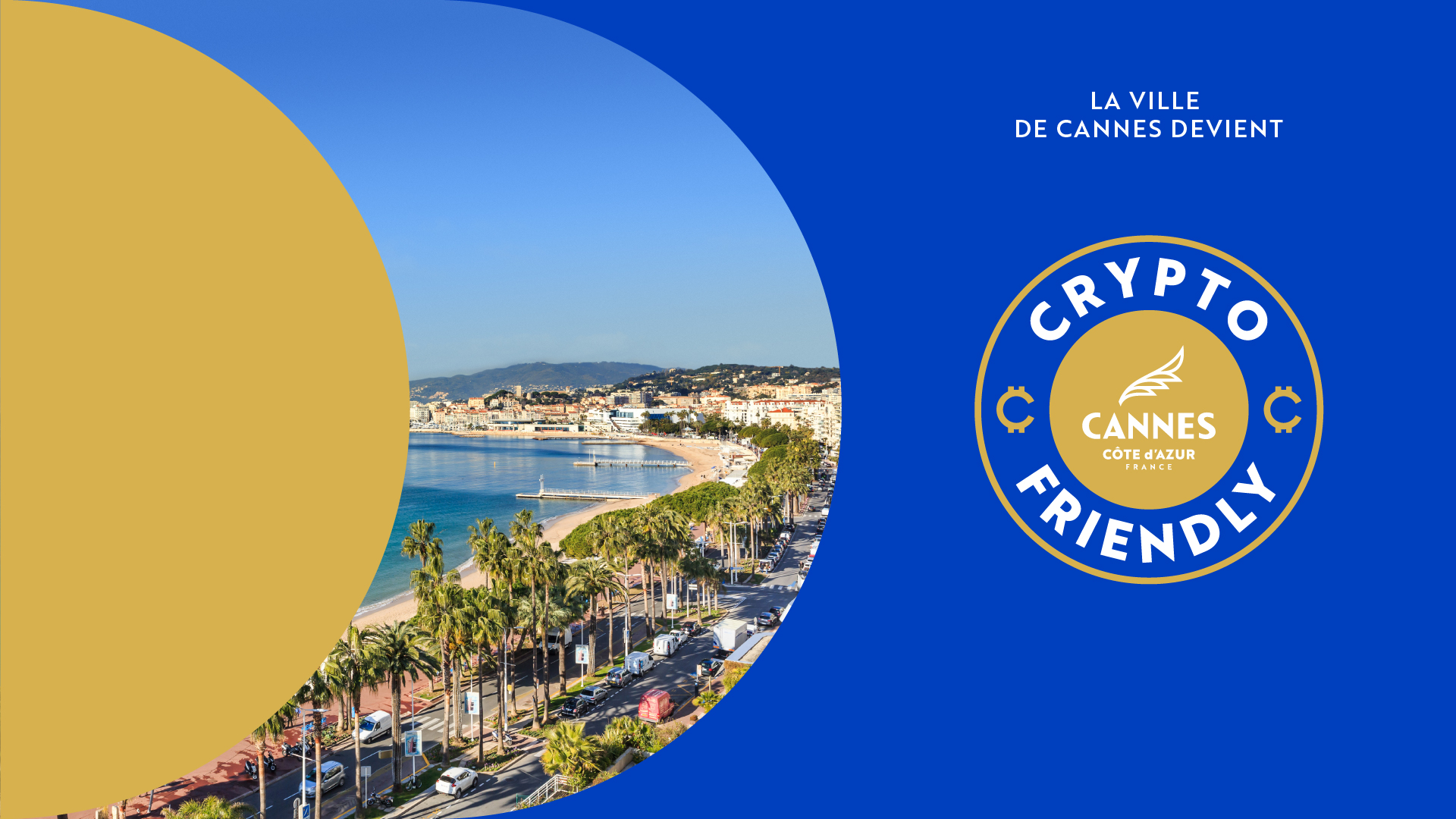
Olivia Paroldi
I’ve been engraving for over 15 years, and I’m committed to preserving traditional techniques and using them to create contemporary artistic freedom. Over the years, engraving has become my preferred means of expression.
I discovered printmaking and learnt drawing during my demanding studies at the École Supérieure Estienne in Paris. I then chose to put my skills to work for the disabled by joining the Institut National des Jeunes Aveugles as an engraver of teaching materials and then as a designer and producer. For 7 years I was able to develop my wood engraving skills to design ever more relevant tactile aids.
9 years ago, I decided to leave the Institute to give a resolutely artistic dimension to my work. I chose to place my large-format prints in the streets. The aim at the time was not just to make my work more visible, or even to publicise my graphic technique, but to turn the street into a work of art. This approach has opened many doors for me, leading me to work in printmaking, street art and publishing.
Now living in an artists’ residence in Cannes, I am regularly invited to take part in festivals and to design exhibitions of original prints. My prints are currently exhibited in various cities around the world, and my artistic approach continues to push back the boundaries of my graphic technique.
“For me, Cannes is a warm and festive refuge open to the world, the place of my childhood memories and my professional fulfilment, my city of all possibilities”.
Olivia PAROLDI
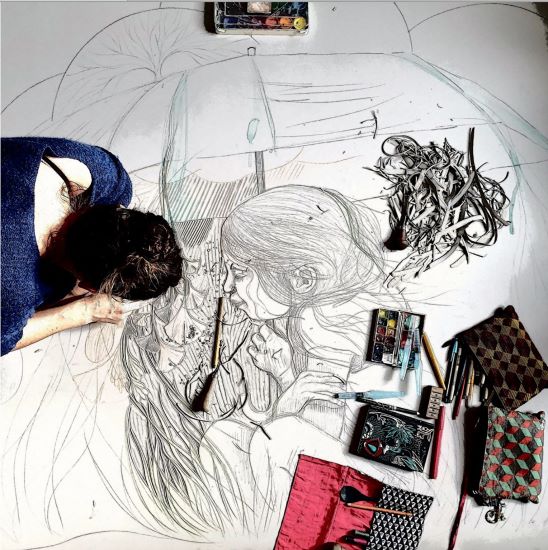
Engrave for the streets
By choosing the walls of our streets as her medium, Olivia aims to give her prints an accessible and popular dimension, to work for a form of art that is free and offered.
The street is the place where we spontaneously come together, the place where we meet. Glued to city walls, his images tell the story of a moment in life to those who are willing to look at them. They are little lives on paper, imaginary but always inspired by our reality and our shared emotions. Olivia’s prints wander between the pages of artists’ books and the walls of our streets, free and always ephemeral. For her, engraving and printmaking are ways of making the passage of time visible, through what they show and what they are.
Her images meet the eyes on our city walls, inviting passers-by to slow their steps and tell themselves a story, for a few seconds, a few minutes, to change the hectic pace of their daily lives.
“I like the idea that my creations are made up of three fundamental elements: the print, the street and time.
I particularly like their ephemeral aspect – they belong to no one and to everyone. They are visible for a few days or a few months, and then make their way into the memories of passers-by and of the place.”
Olivia PAROLDI
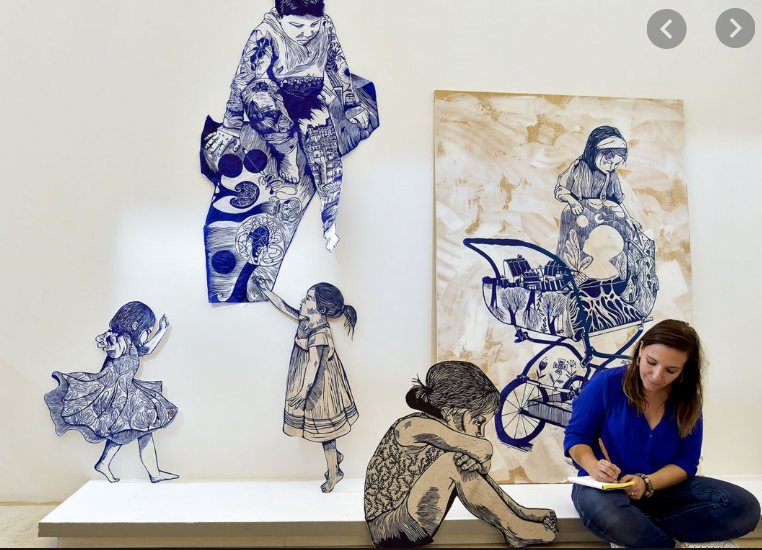
The child
Olivia’s engravings regularly feature children, because in her eyes they symbolise all the strength and fragility of humanity. For several years now, her paper children have been gracing the walls of cities around the world, bringing to life the unseen aspects of childhood.
They capture the attention of passers-by and shed light on certain emotions, like a testimony to humanity.
These young characters, bearers of meaning, have found their place in symbolic places across France, Italy, Mexico, Tunisia and the Balkans.
These children are hers, these children are a little Olivia….
QUALIFICATIONS AND REFERENCES
2010/2020 Advanced training in traditional
Mokuhanga, a traditional Japanese wood engraving technique.
2016 Professional training in Pop’up de scène Compagnie Arketal.
2007 Tactile media designer
Institut National des Jeunes Aveugles, Paris.
2005 Higher Diploma in Applied Arts. École Estienne, Paris.
2003 Diplôme des Métiers d’Arts in Engraving. École Estienne, Paris.
2004 Assistant Engraver to the artist Lilianna Bastia, Genoa. Italy.
2003 Lithographer training, Atelier “À fleur de pierre”, Paris.
Éditions Pour Penser, Éditions Bruno Doucey, Éditions Plume de Carotte,
Éditions La Petite Salamandre.
Muséum National d’Histoire Naturelle de Paris, Fondation Banque Populaire,
Hôpital de la Pitié-Salpètrière, Institut National des Jeunes Aveugles Paris,
Musée Fernand Léger de Biot, Musée Pierre Bonnard du Cannet, Centre
d’Art Contemporain de la Ville d’Aubagne, PAMOC de Cannes, …
